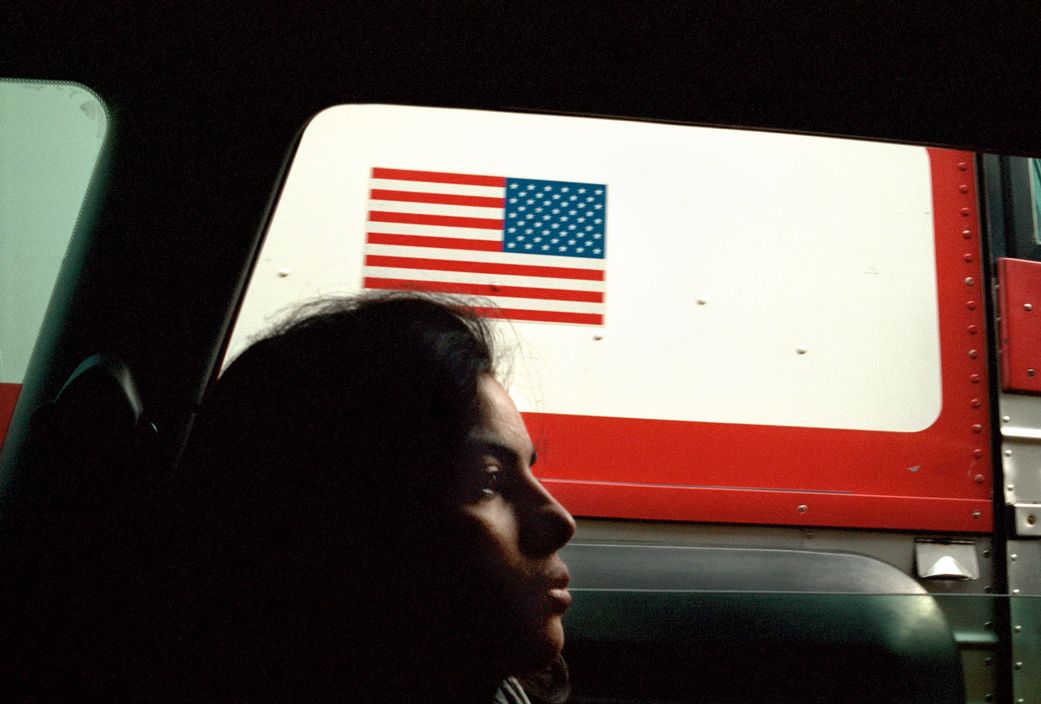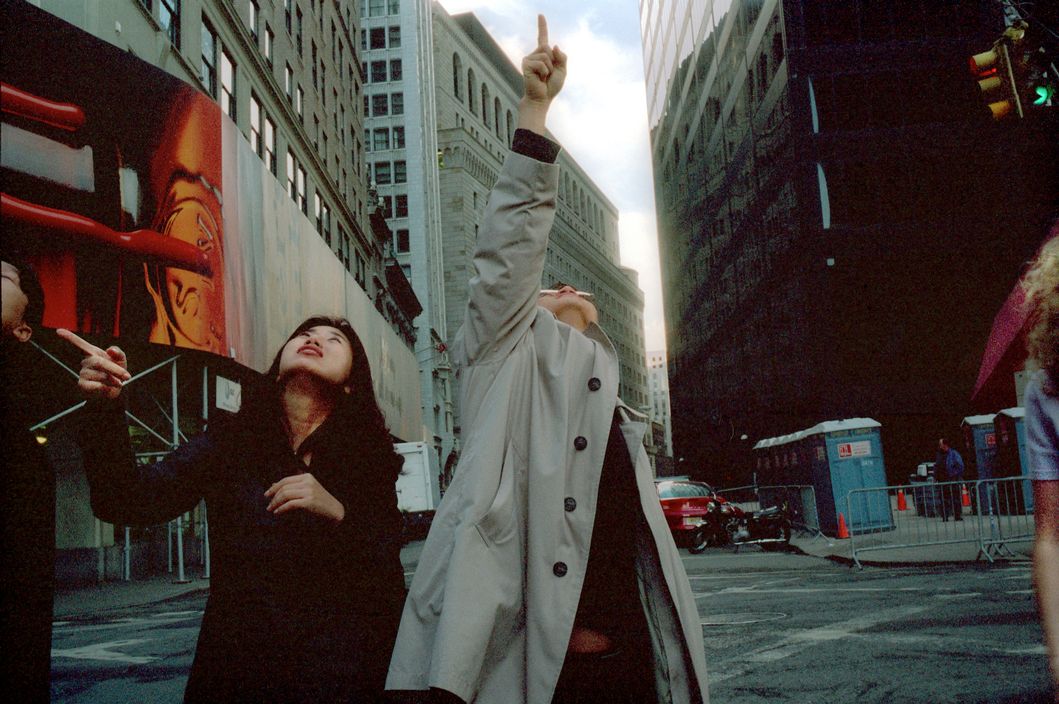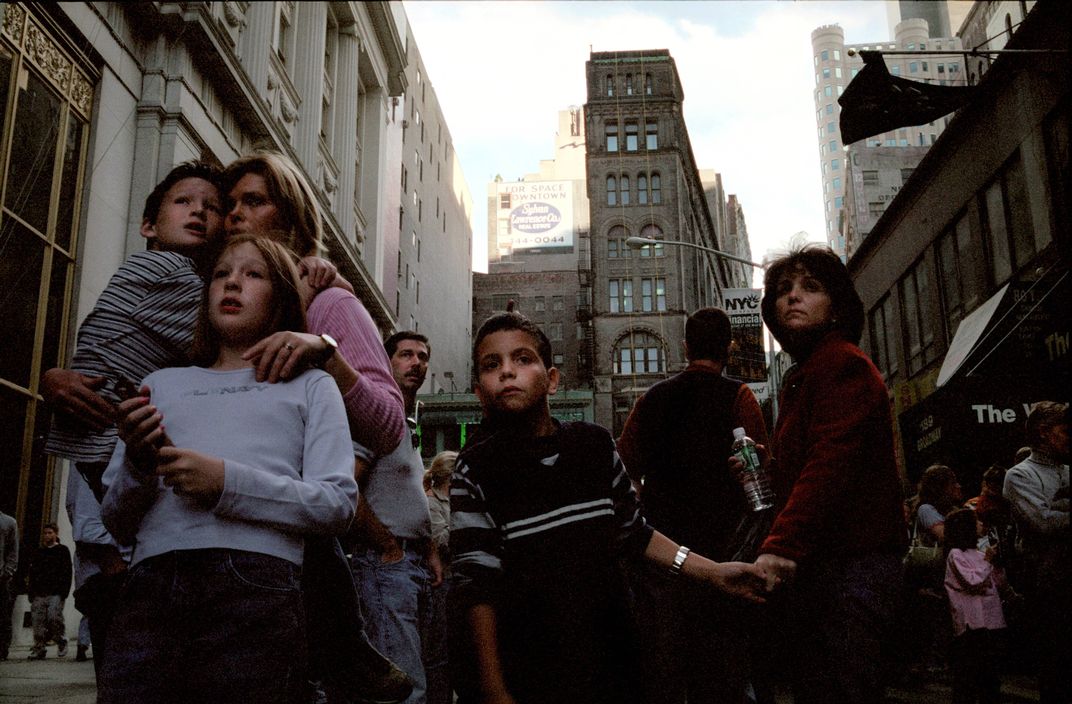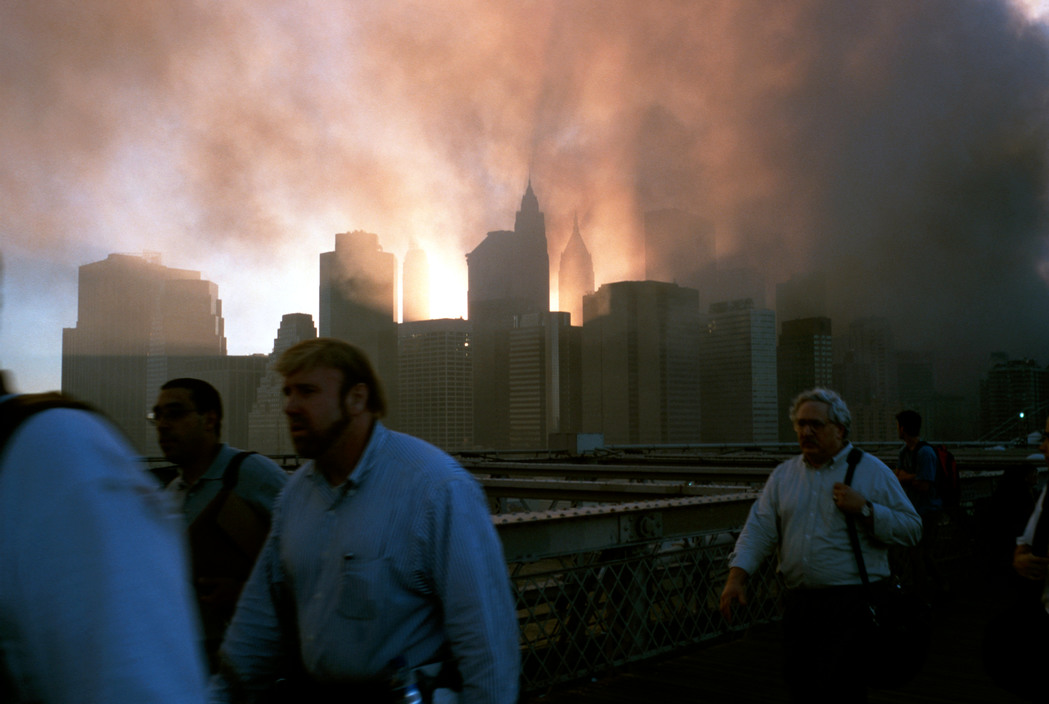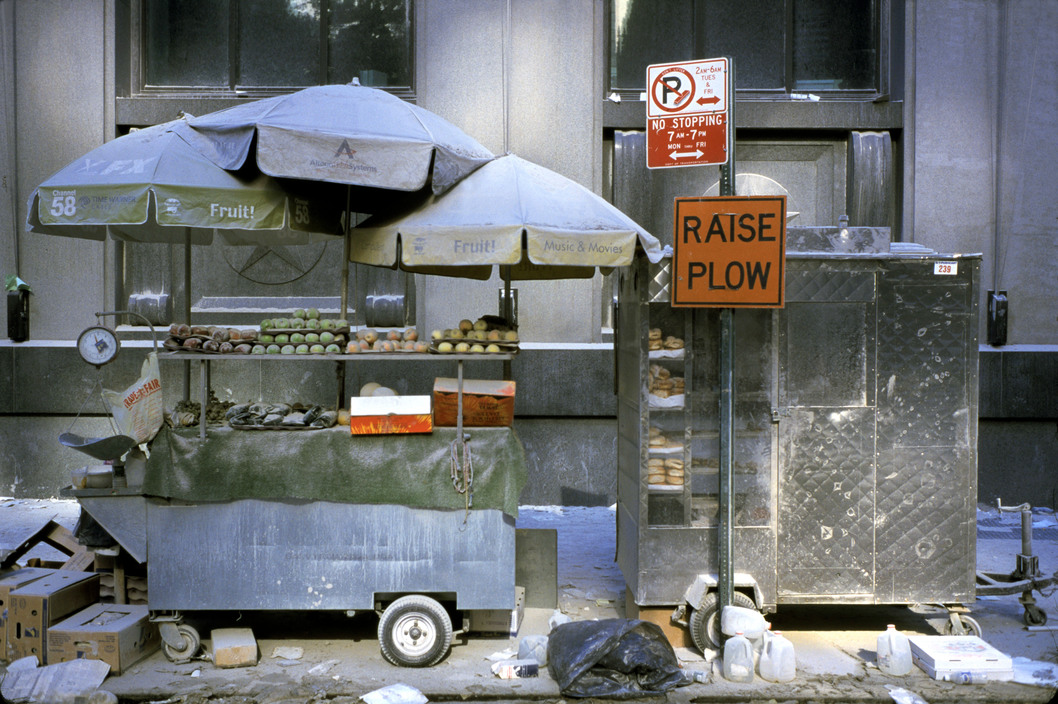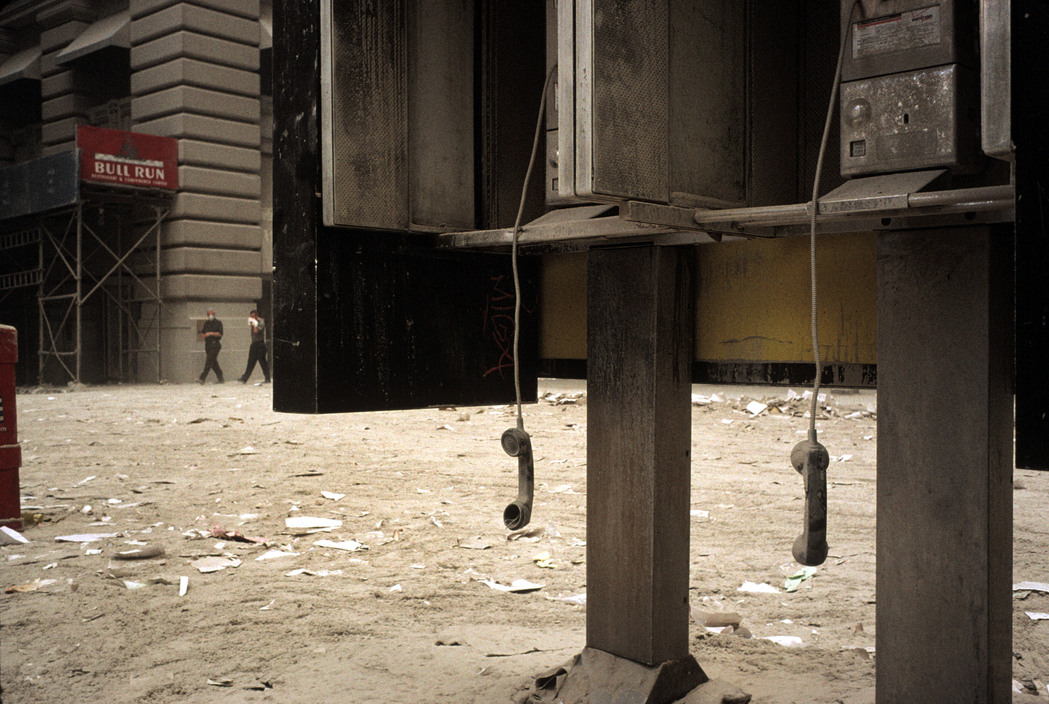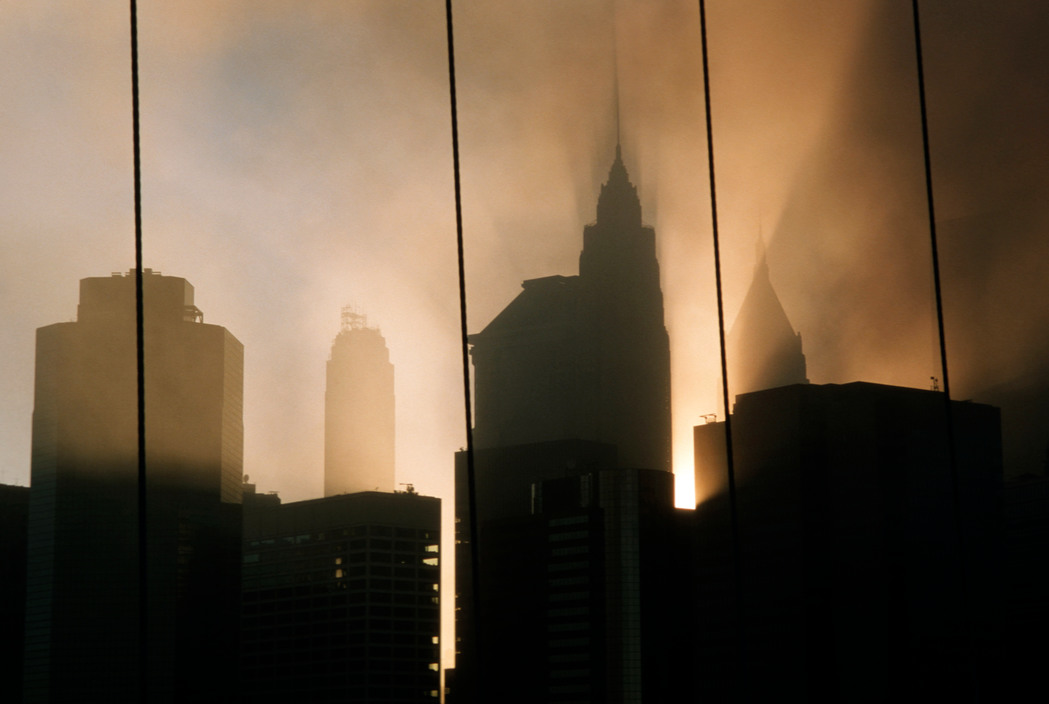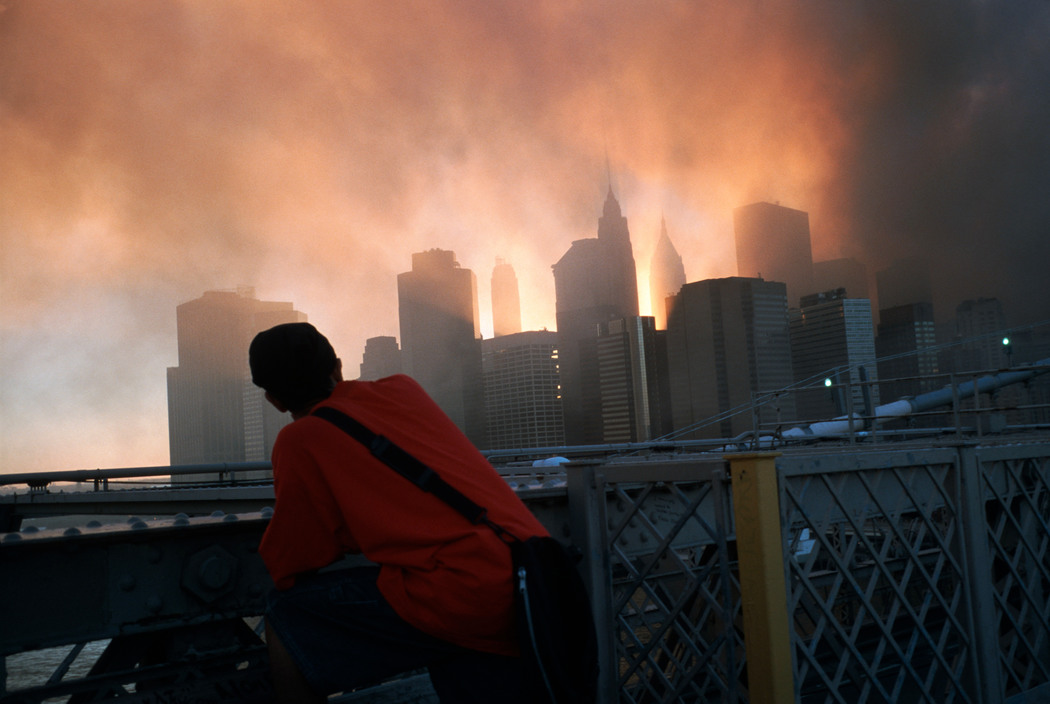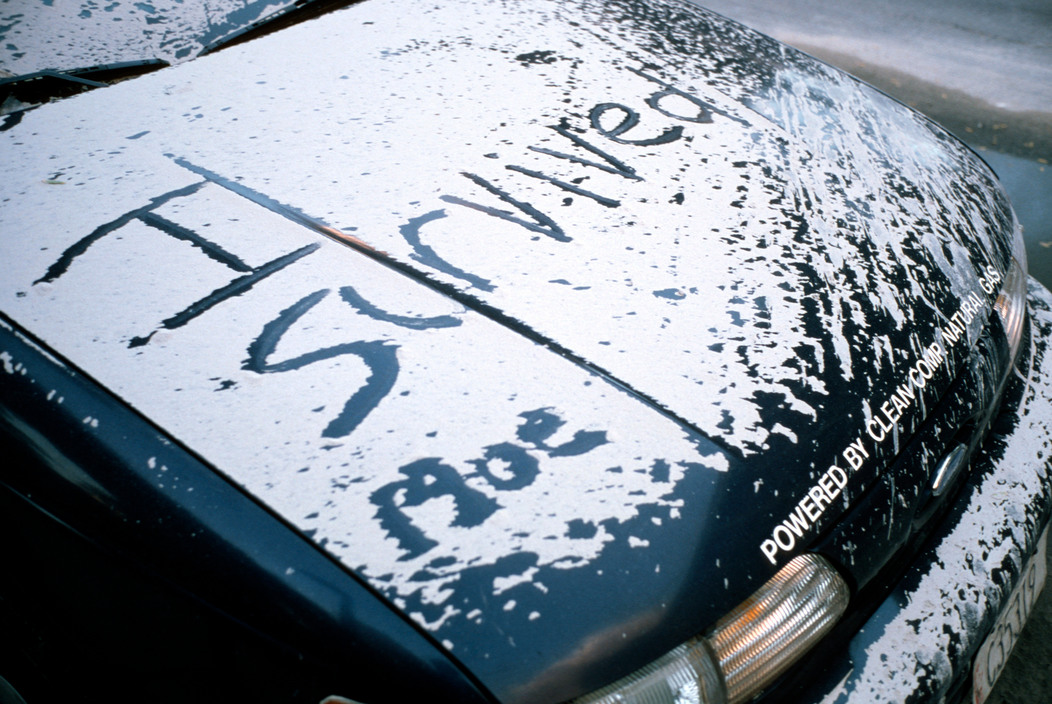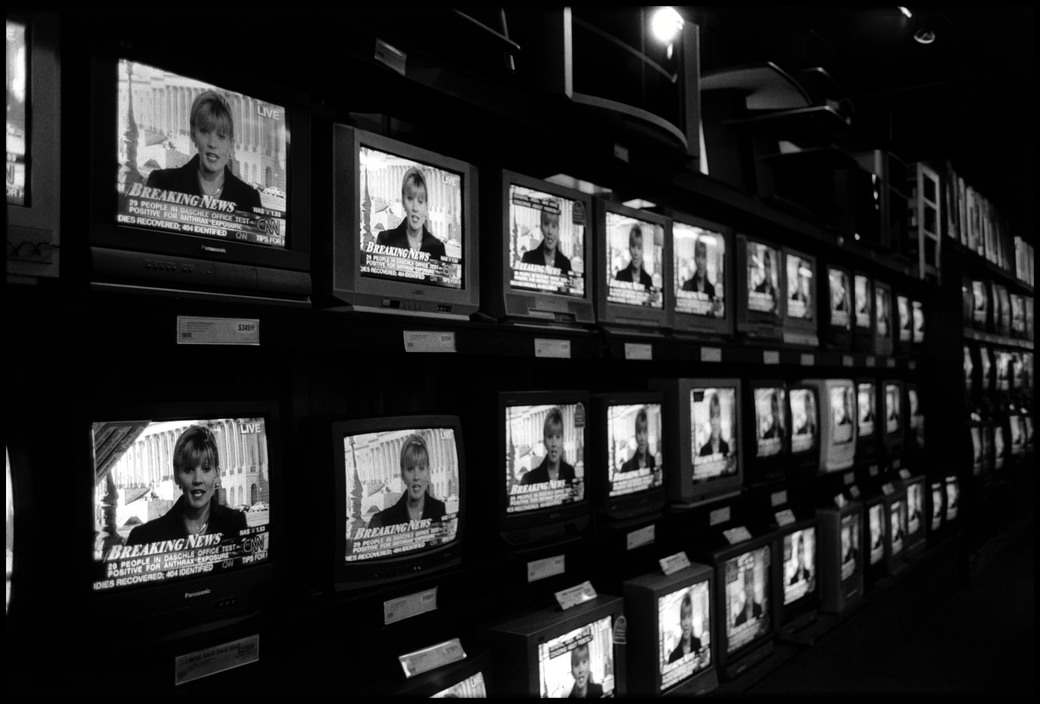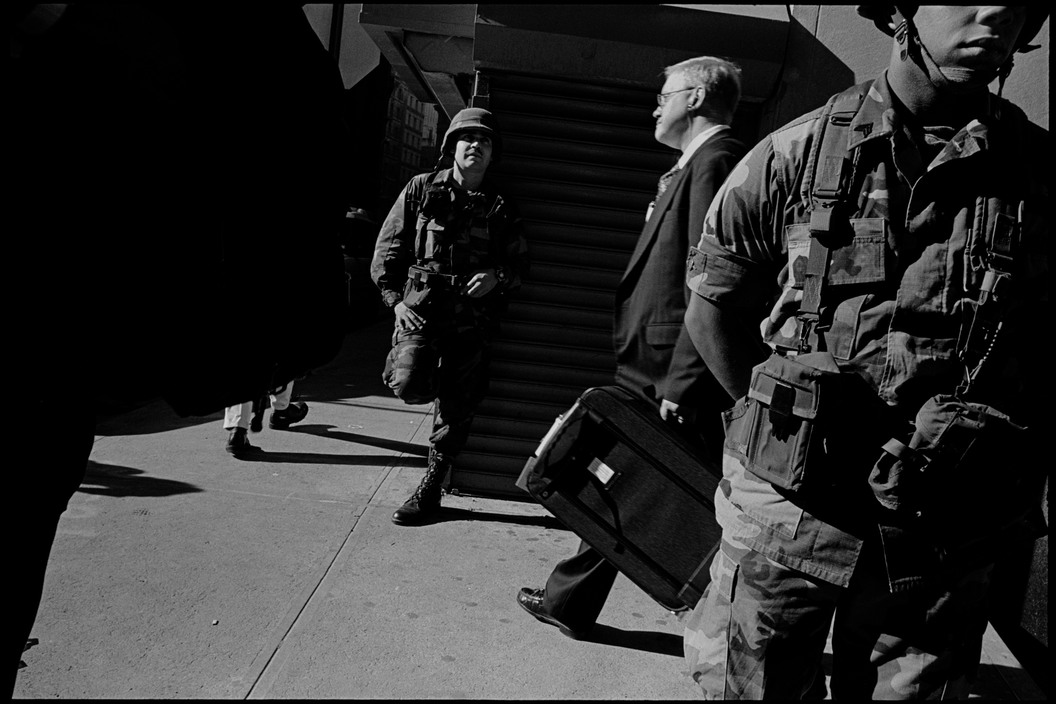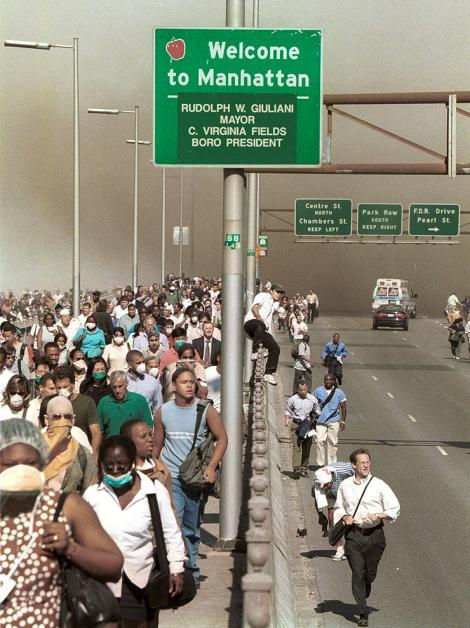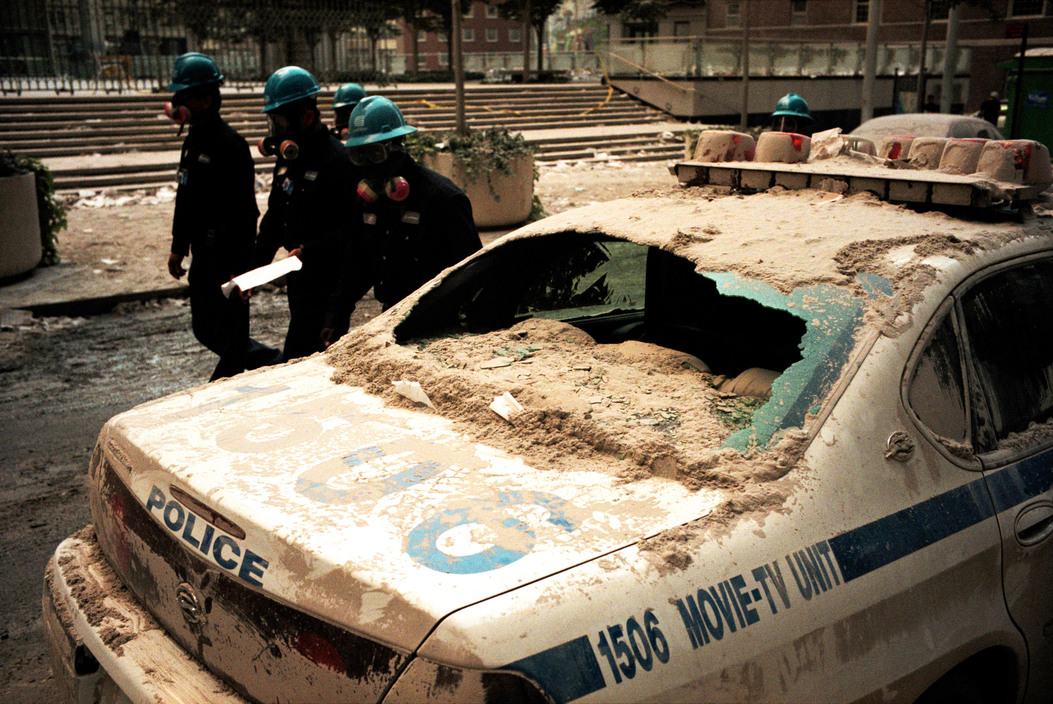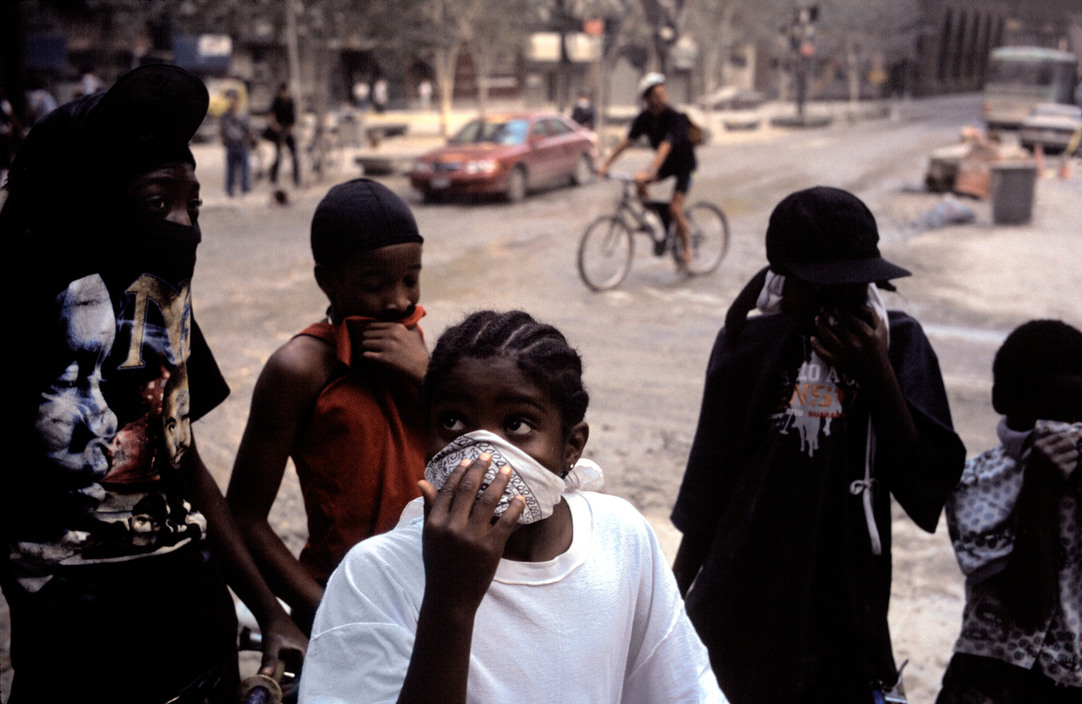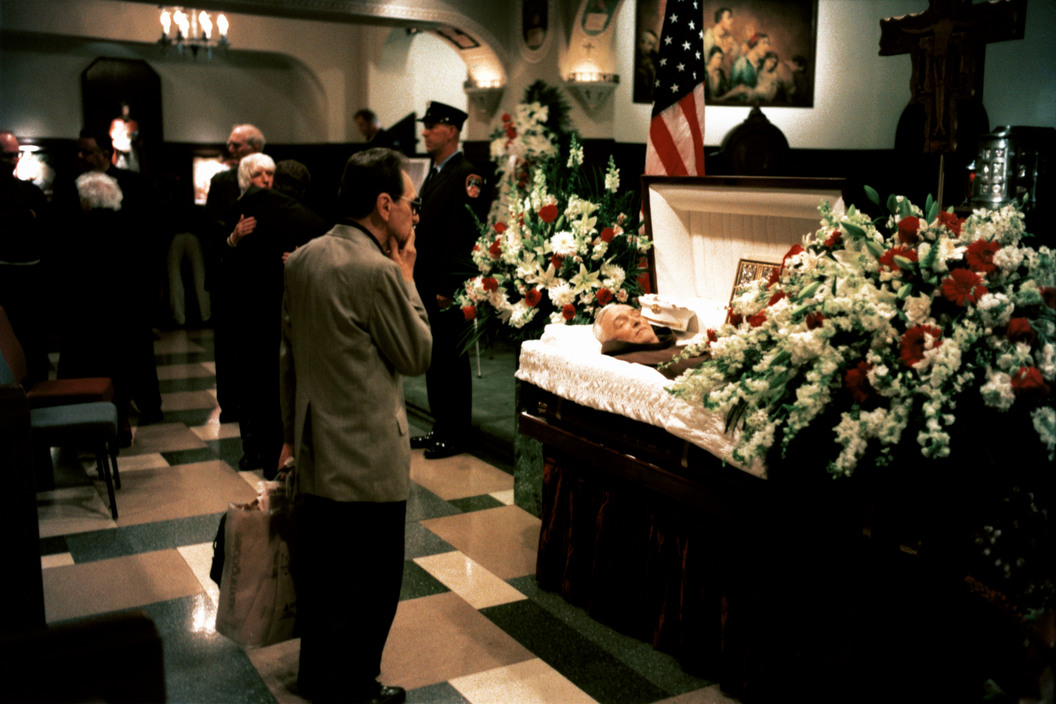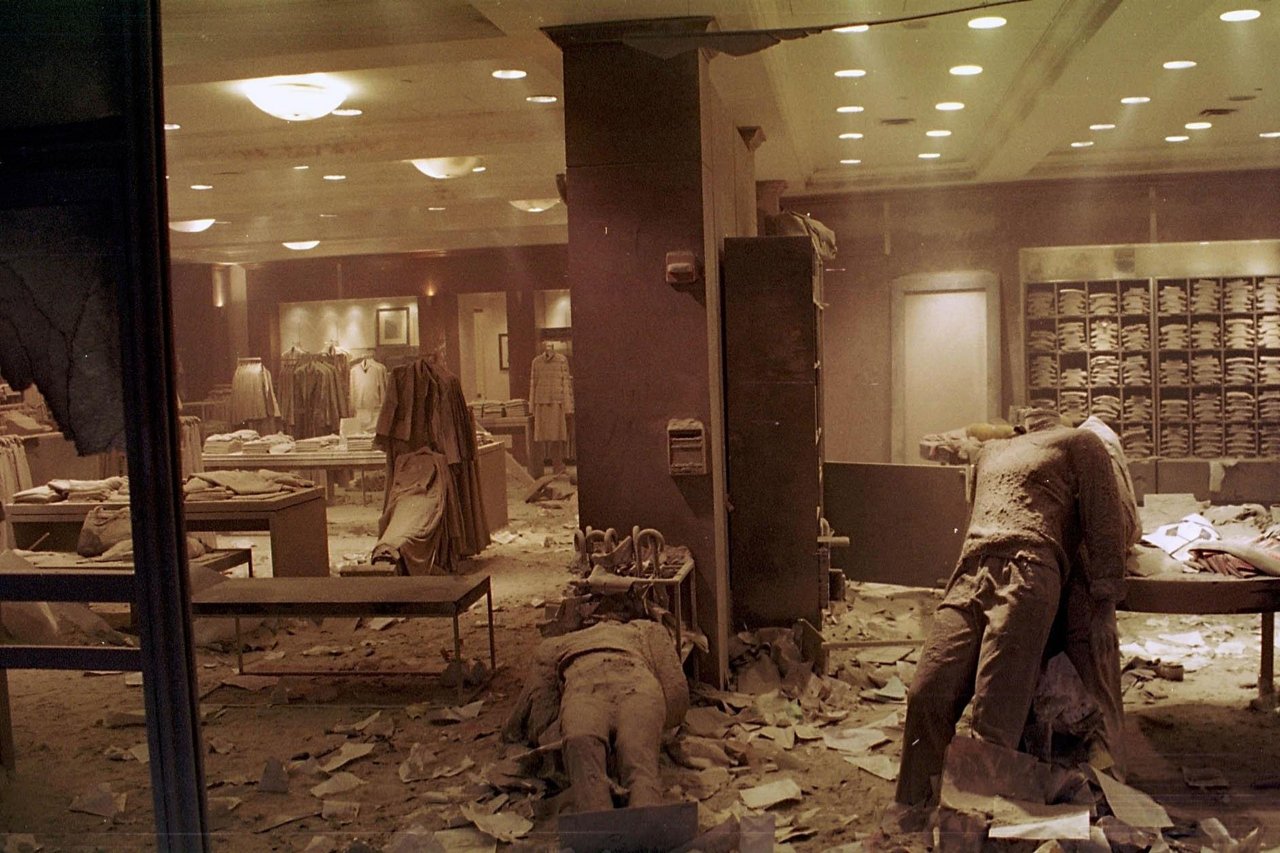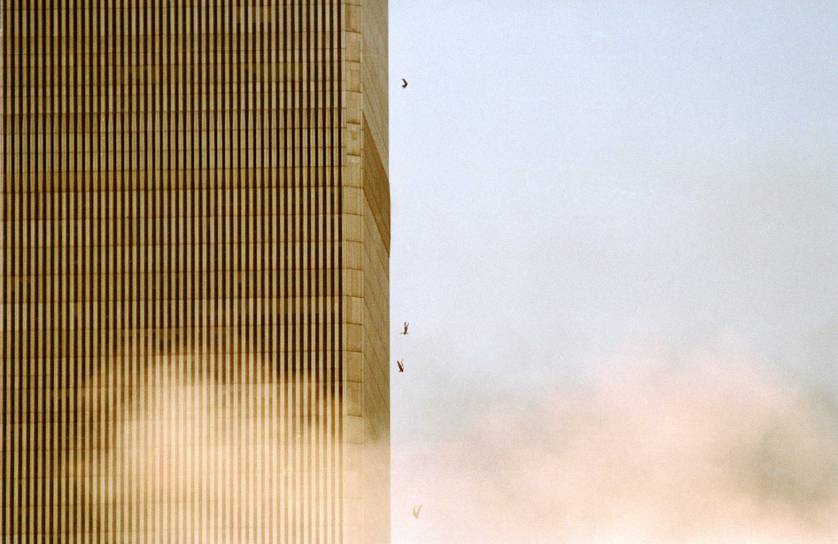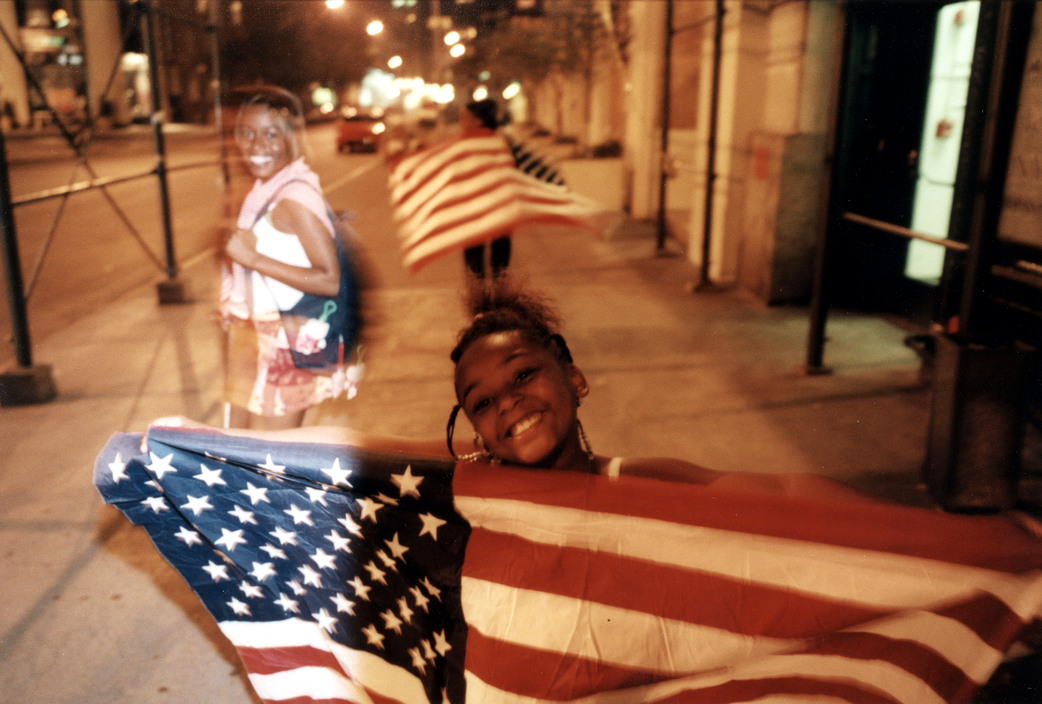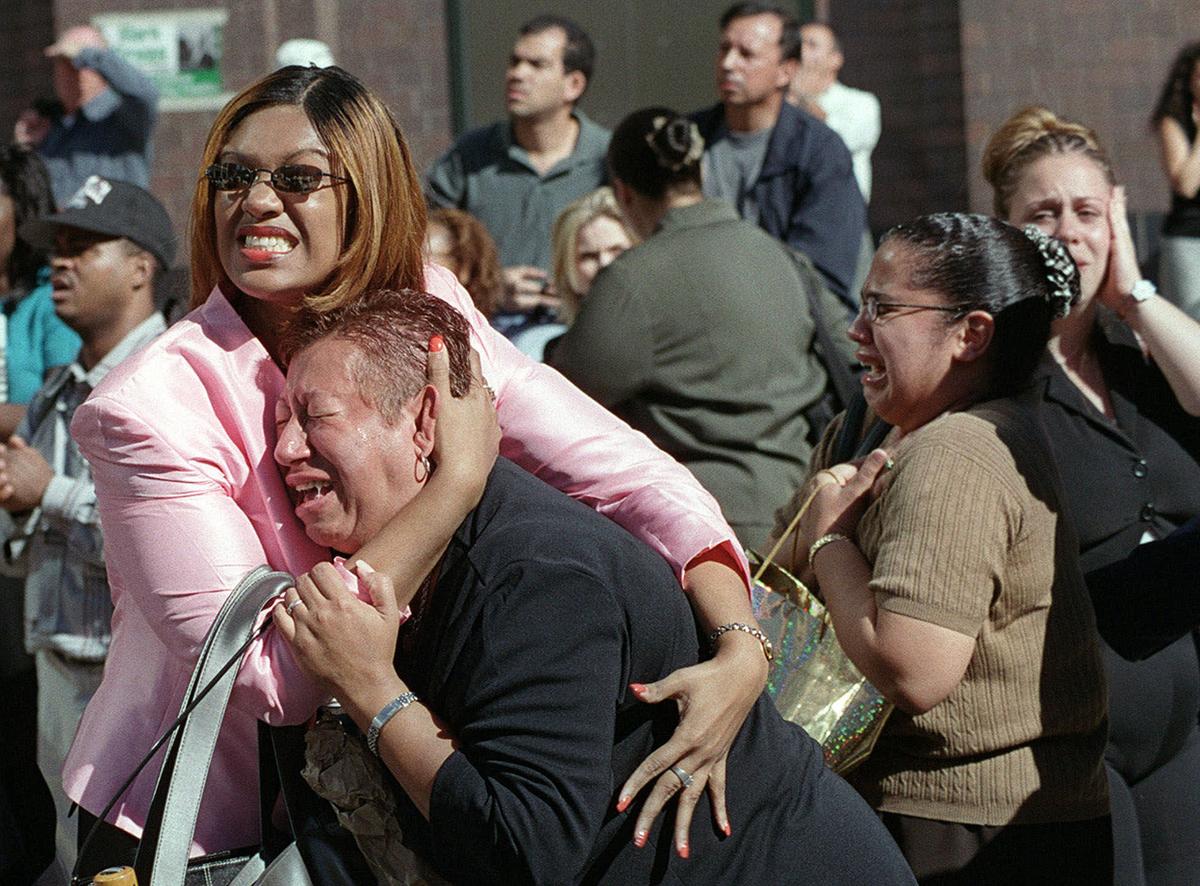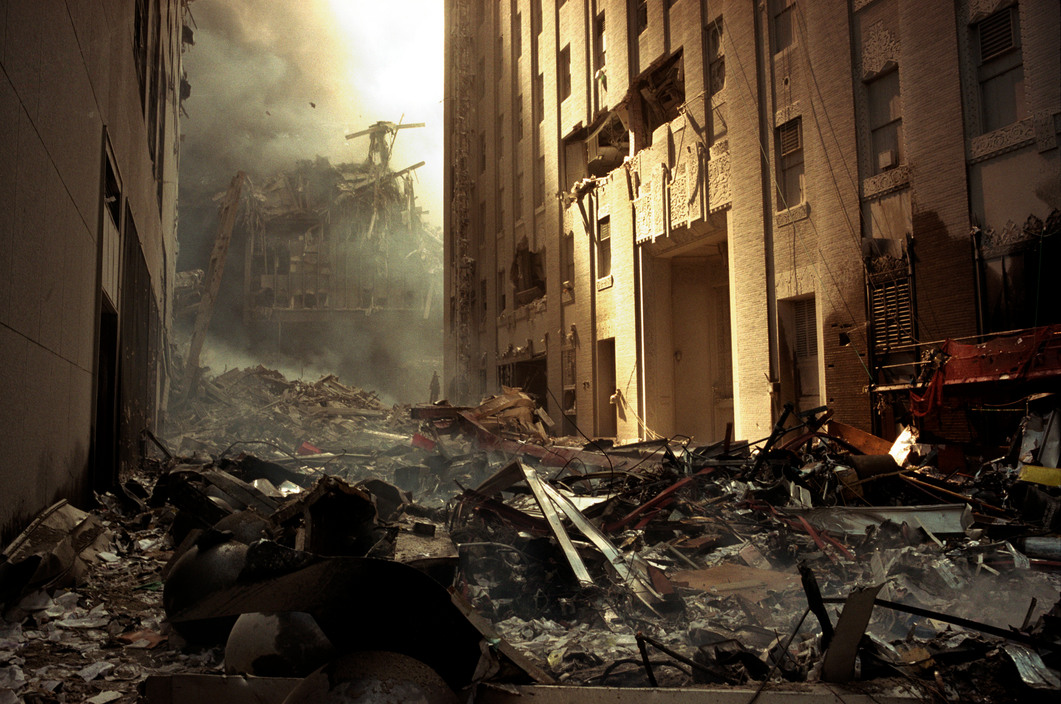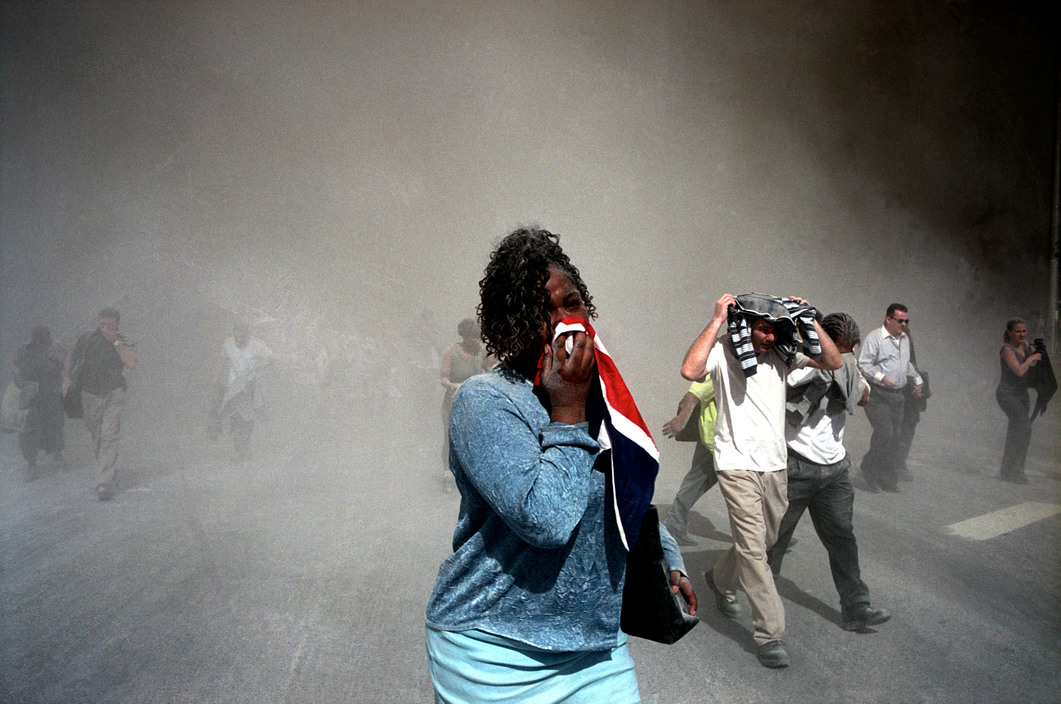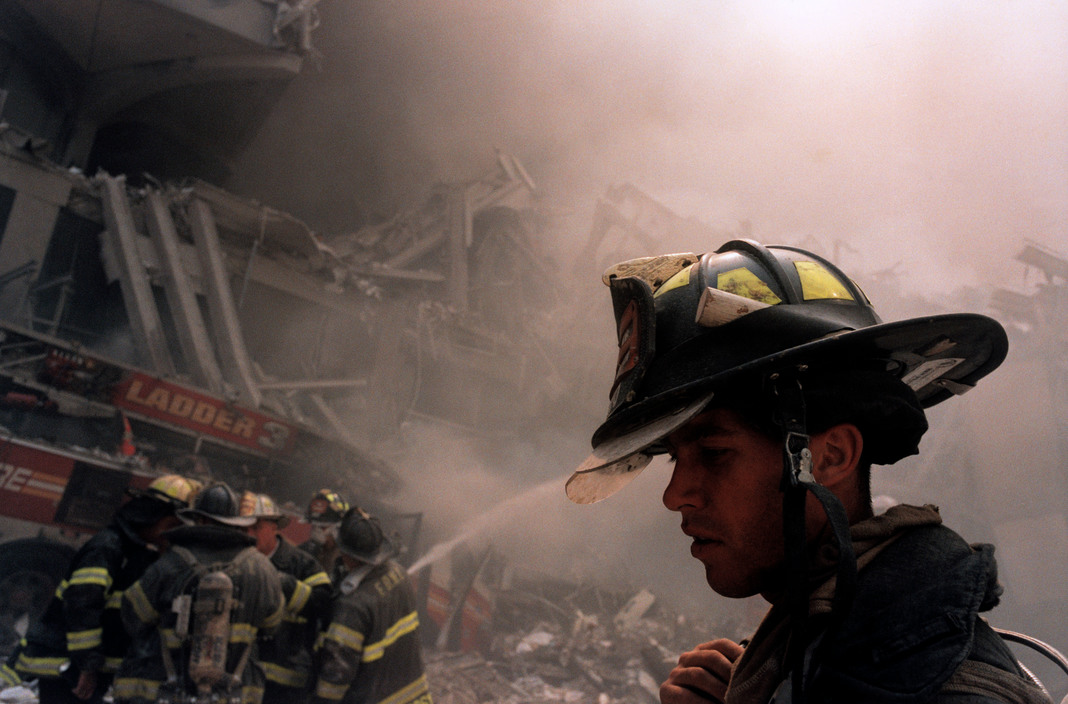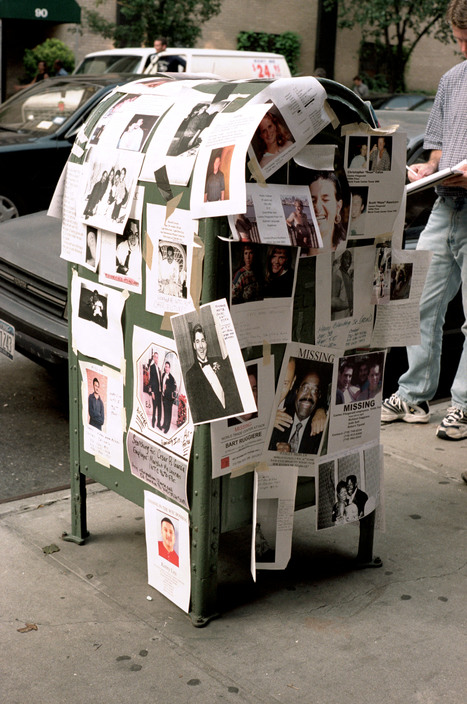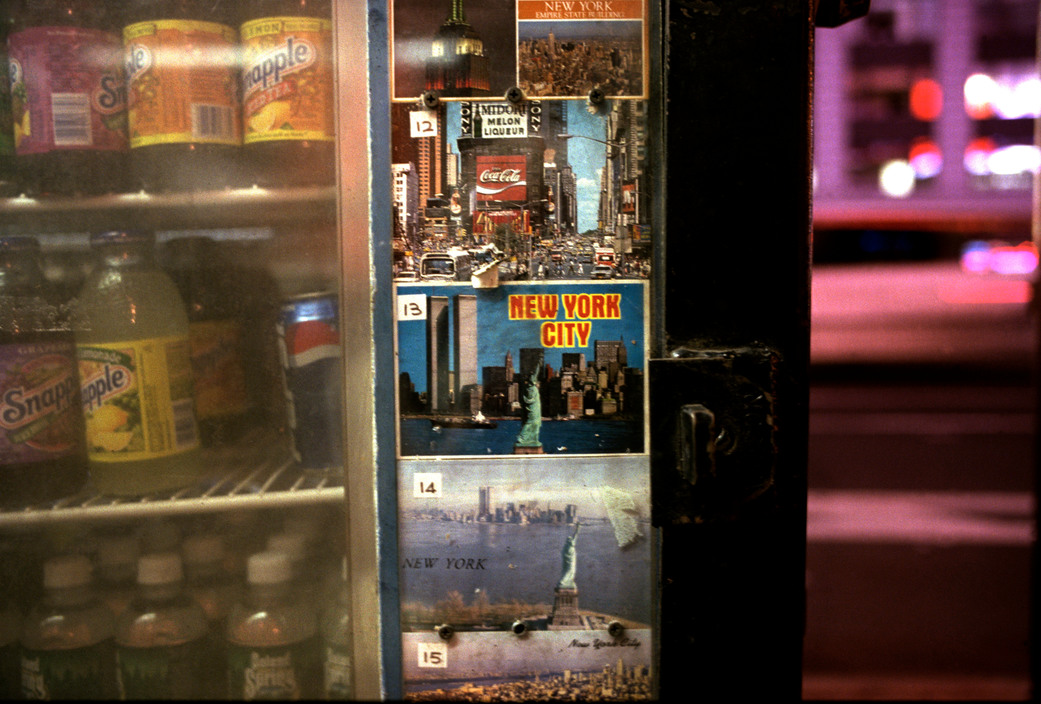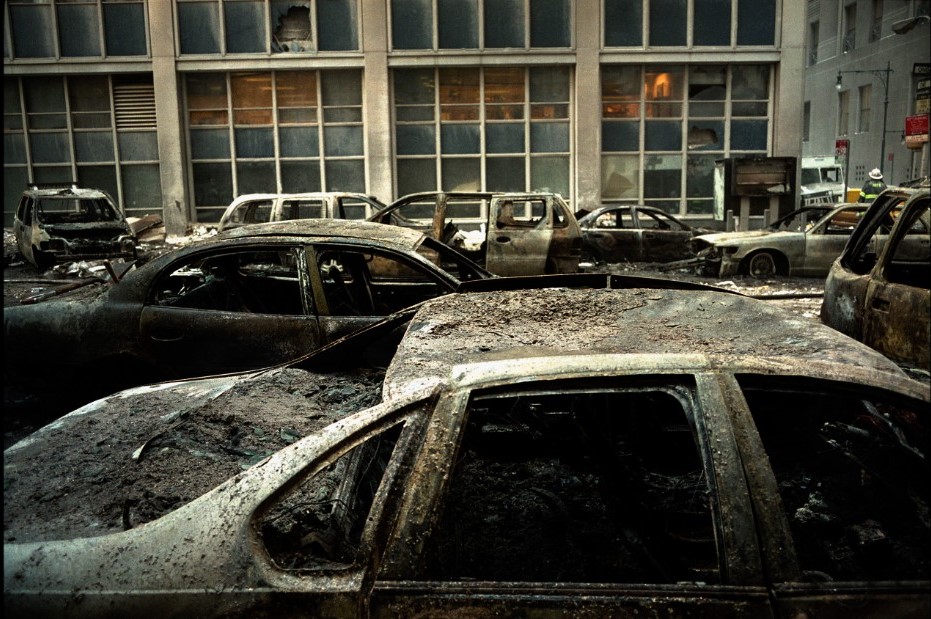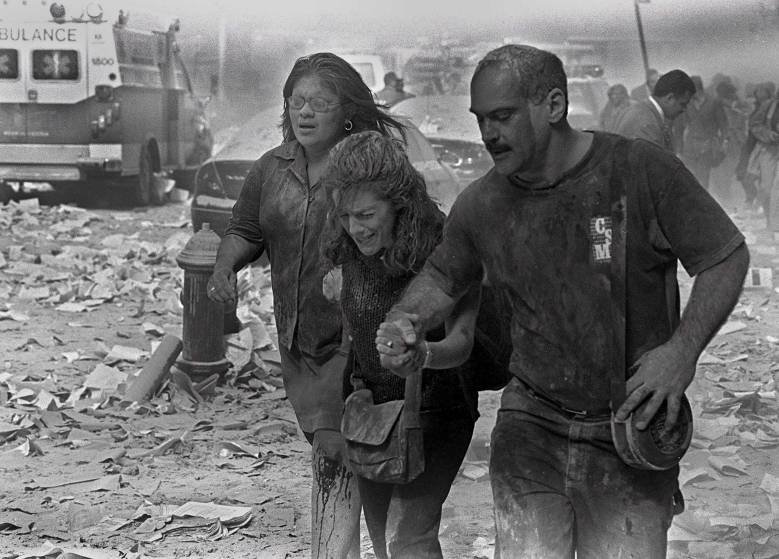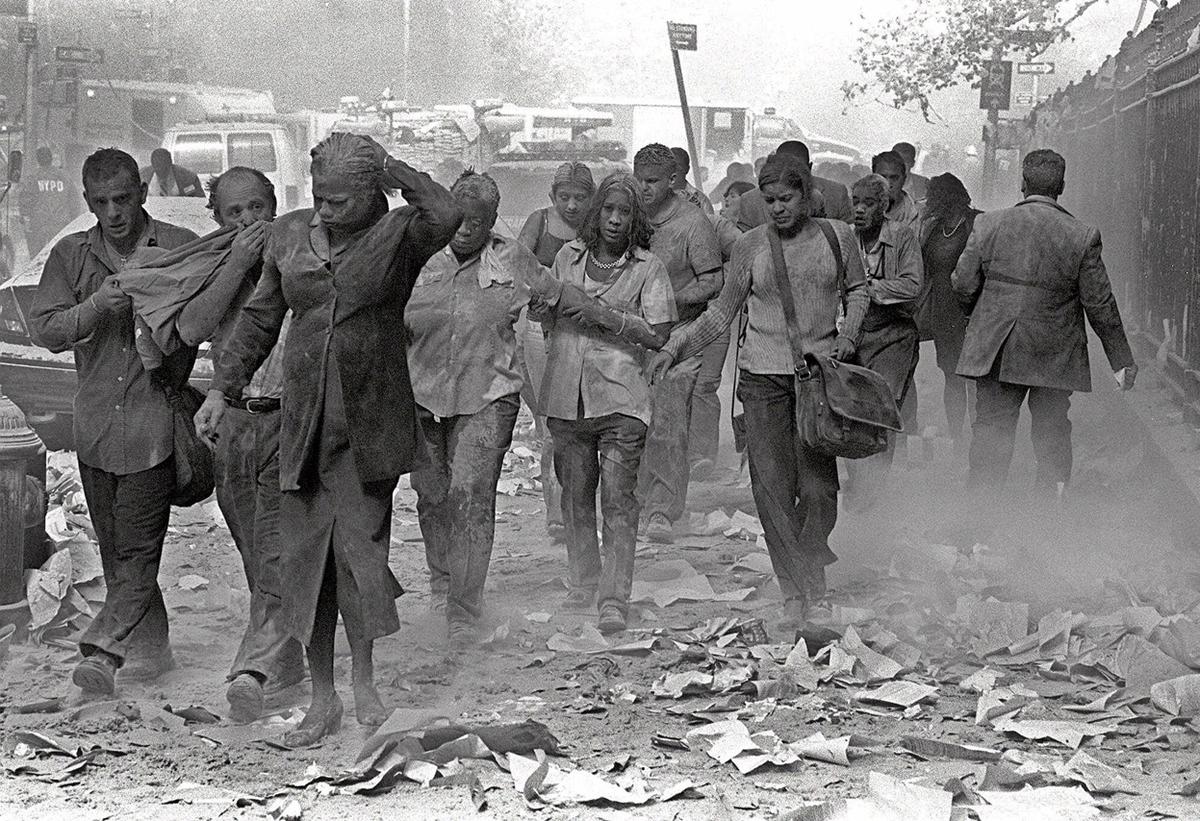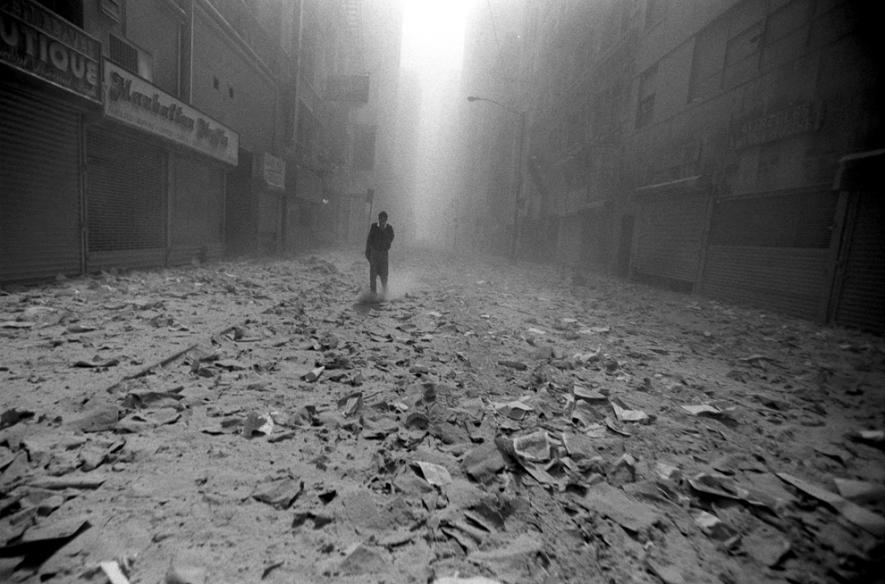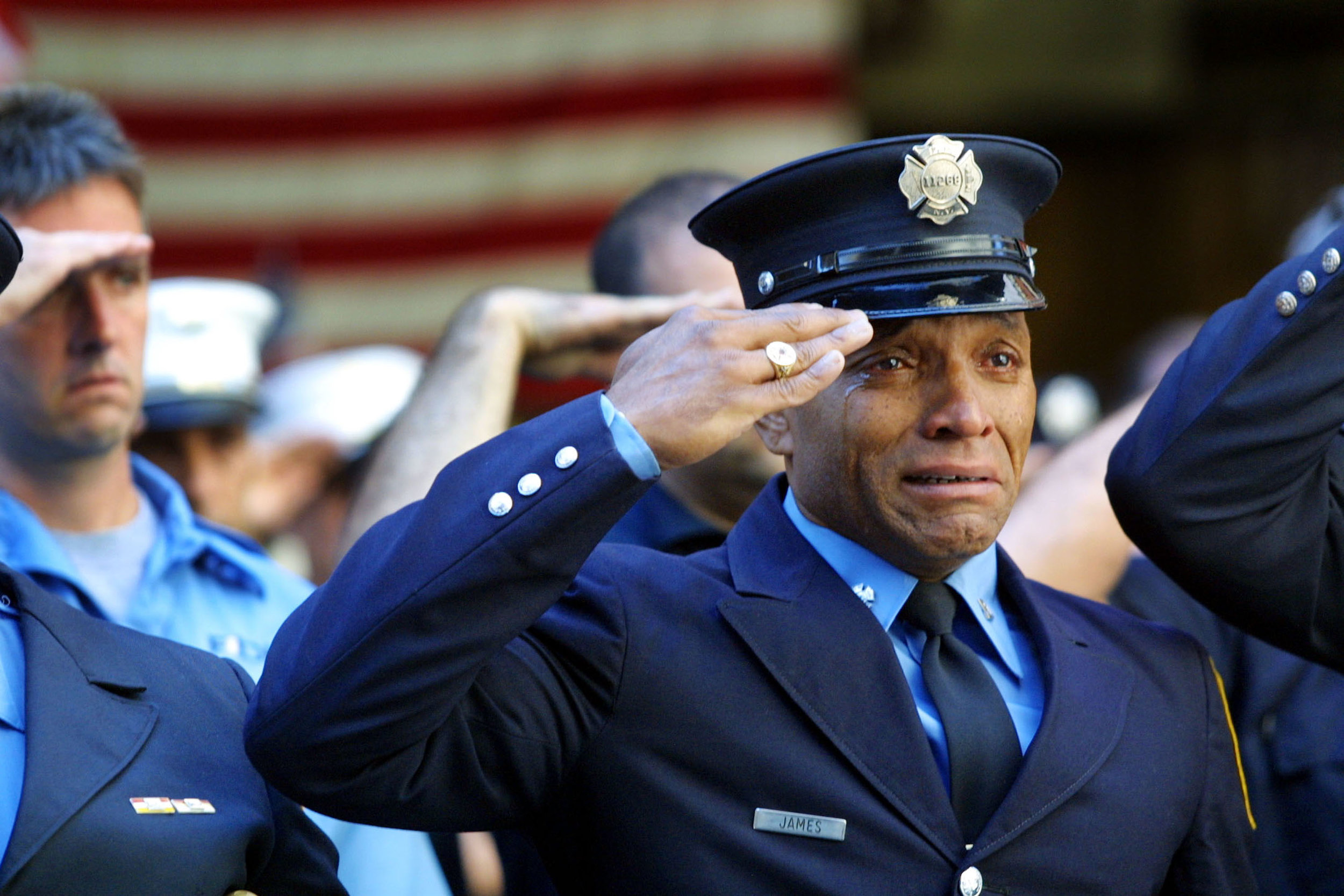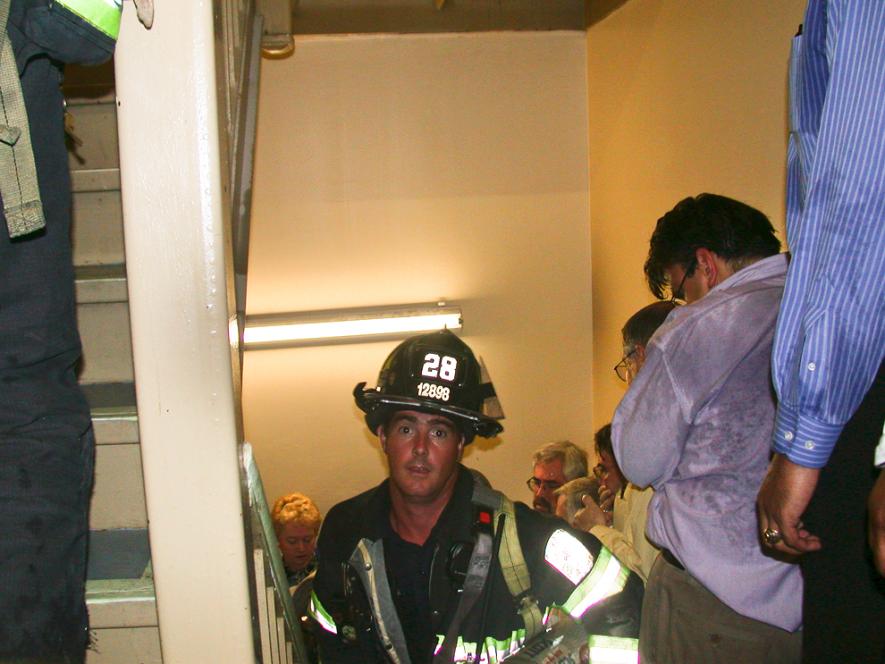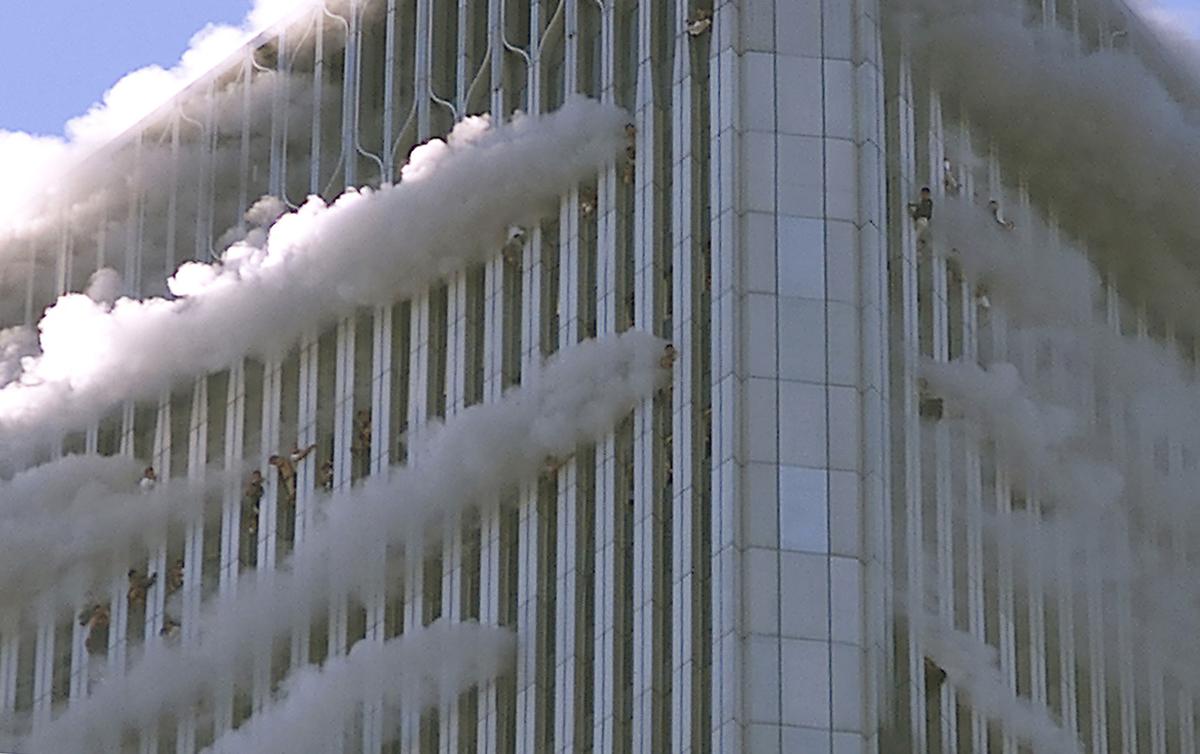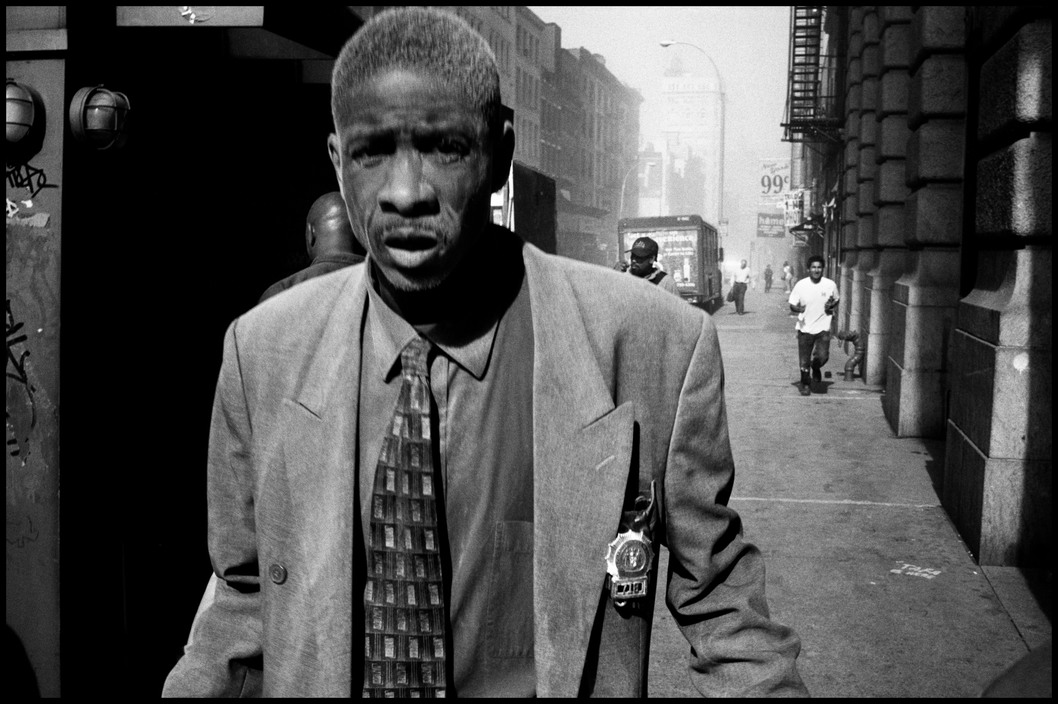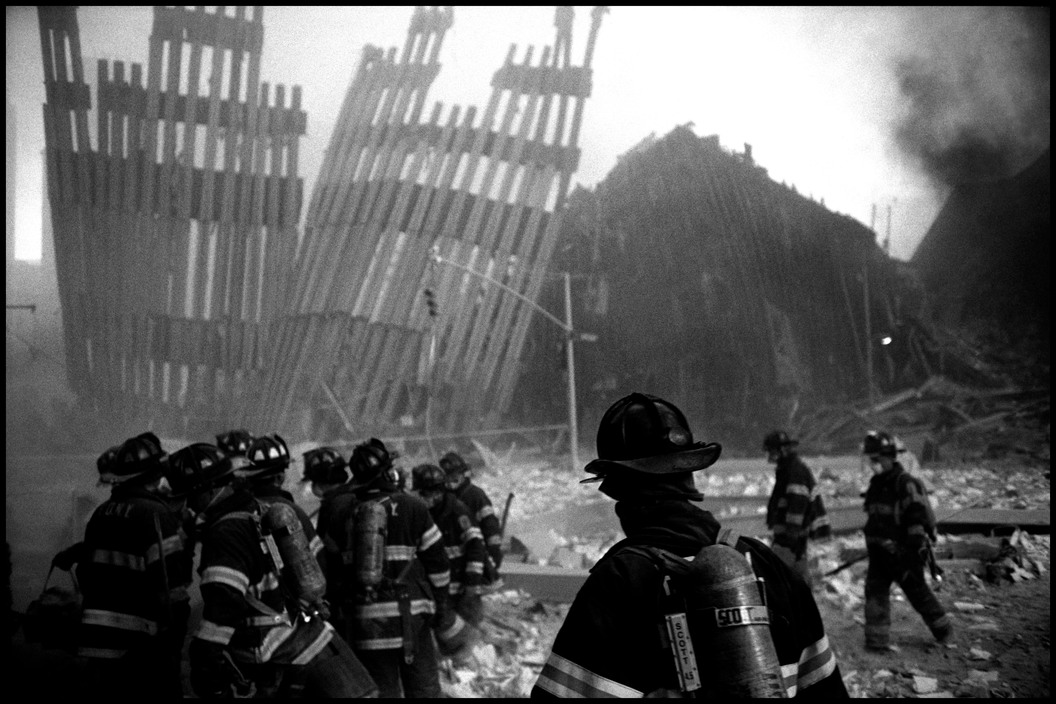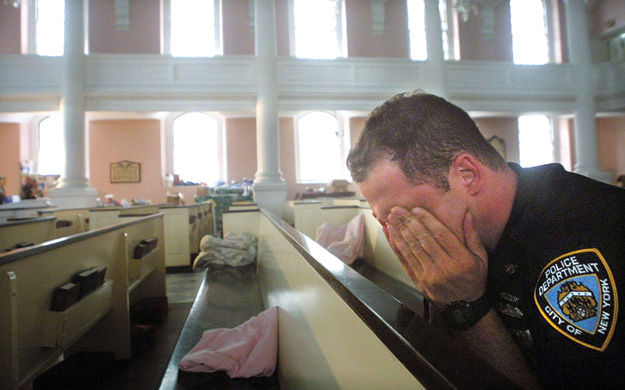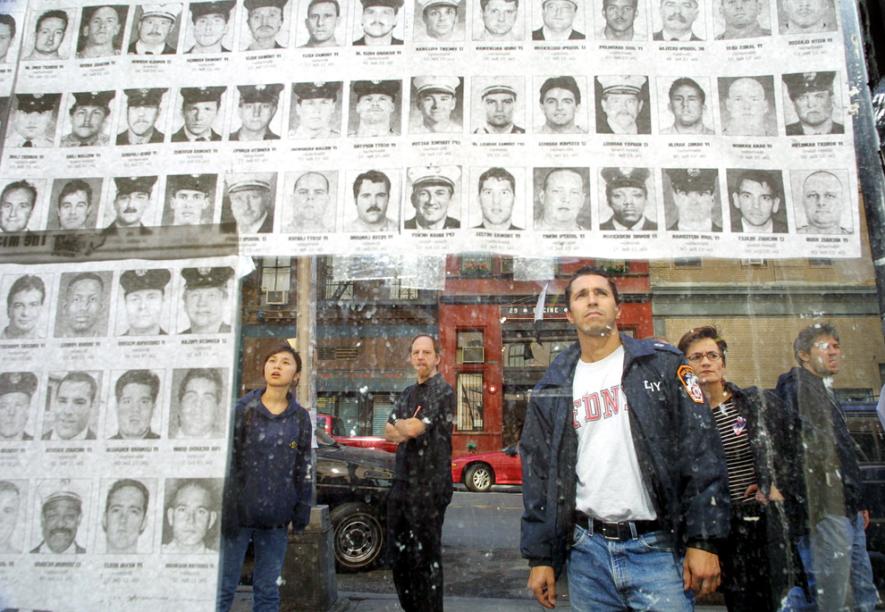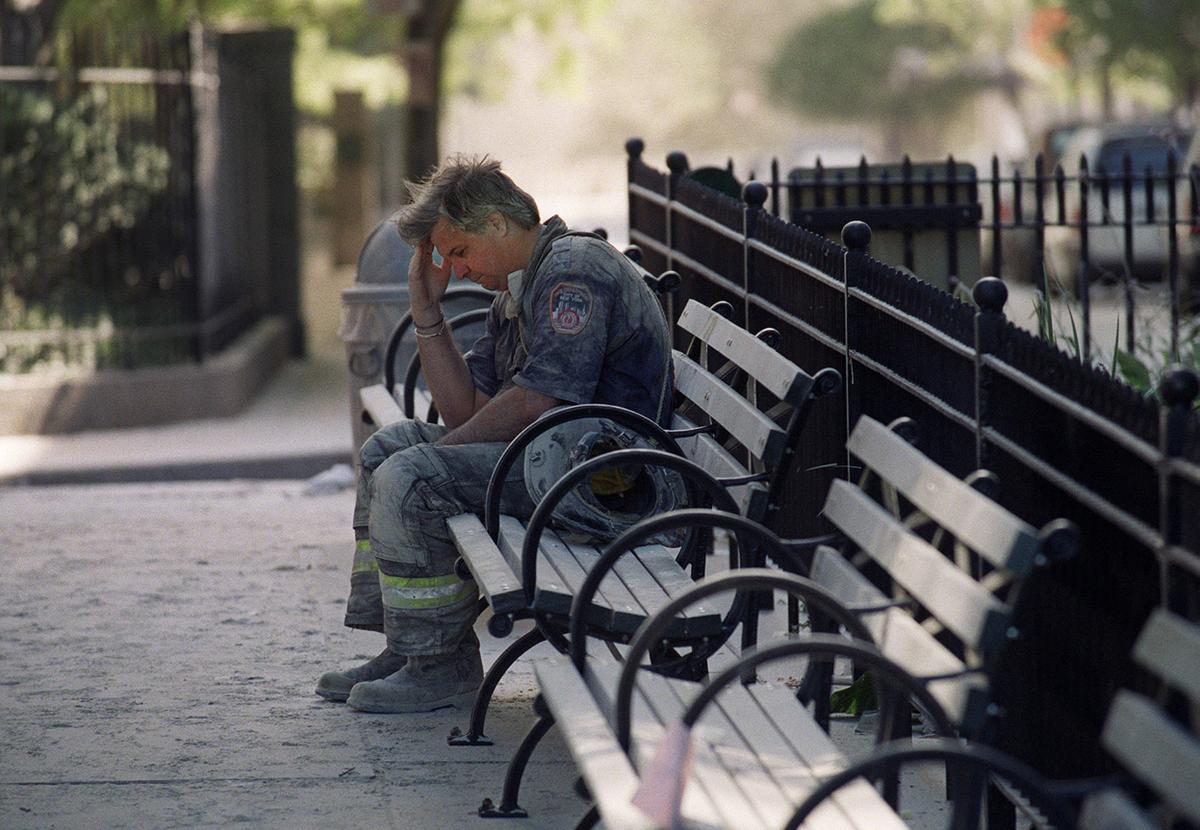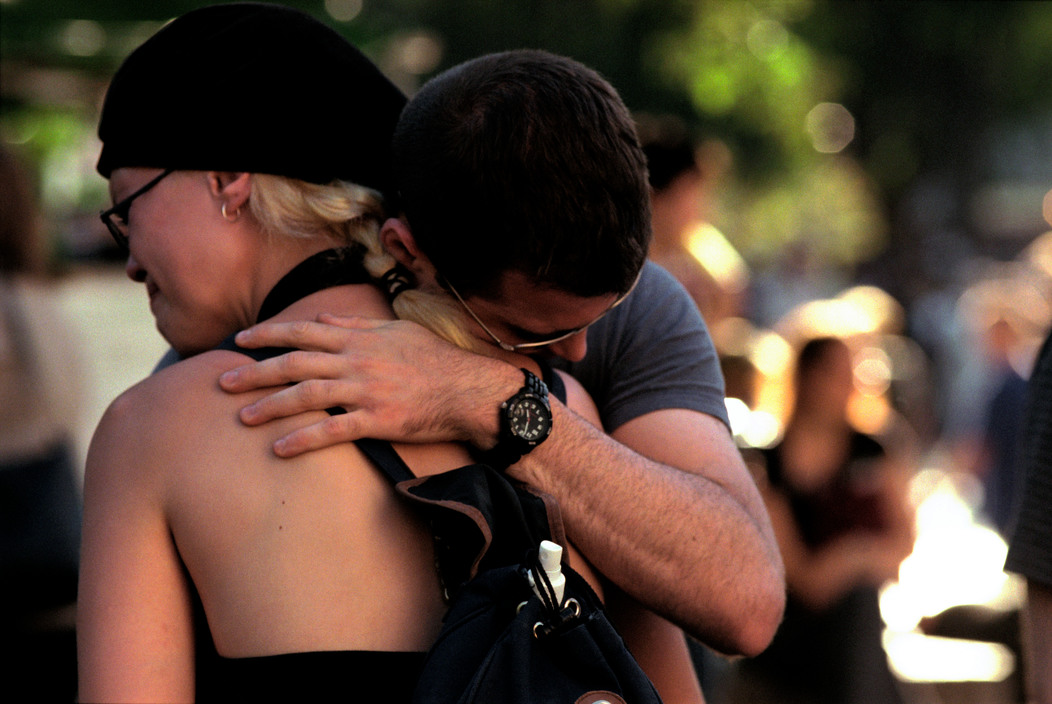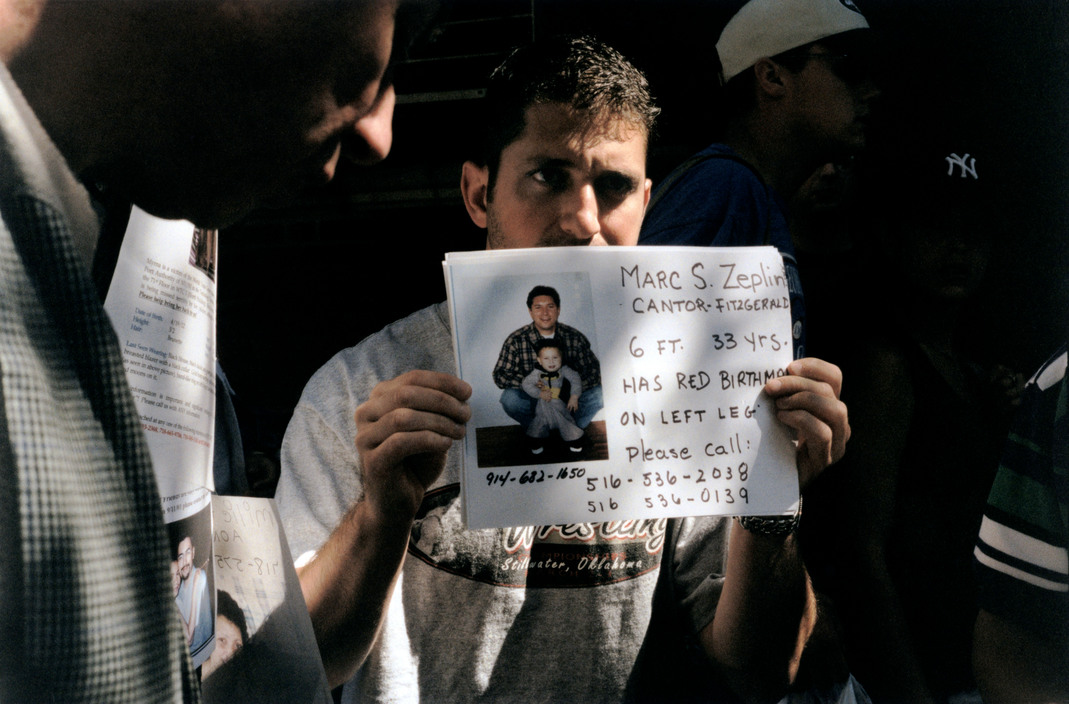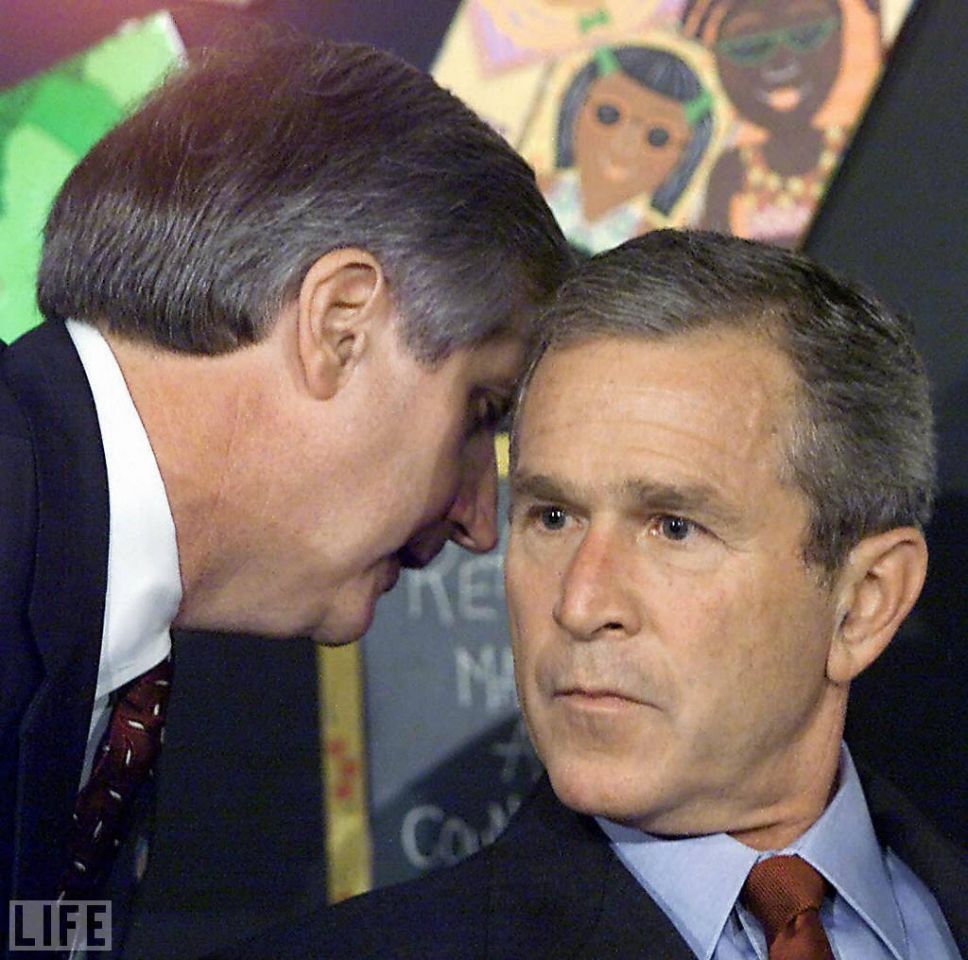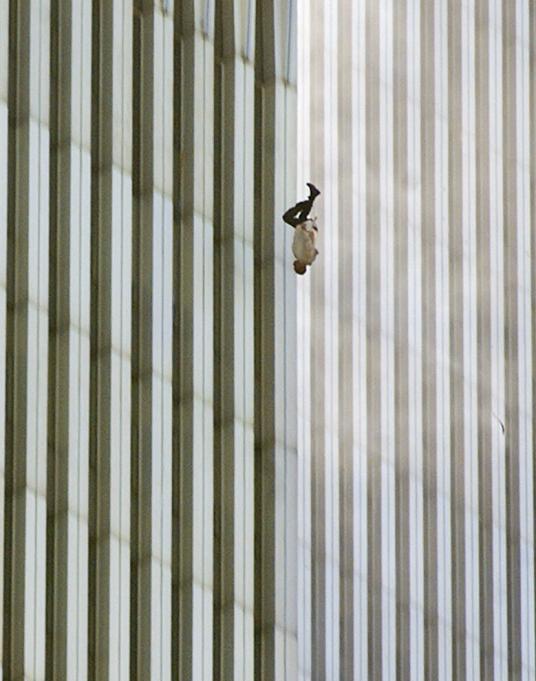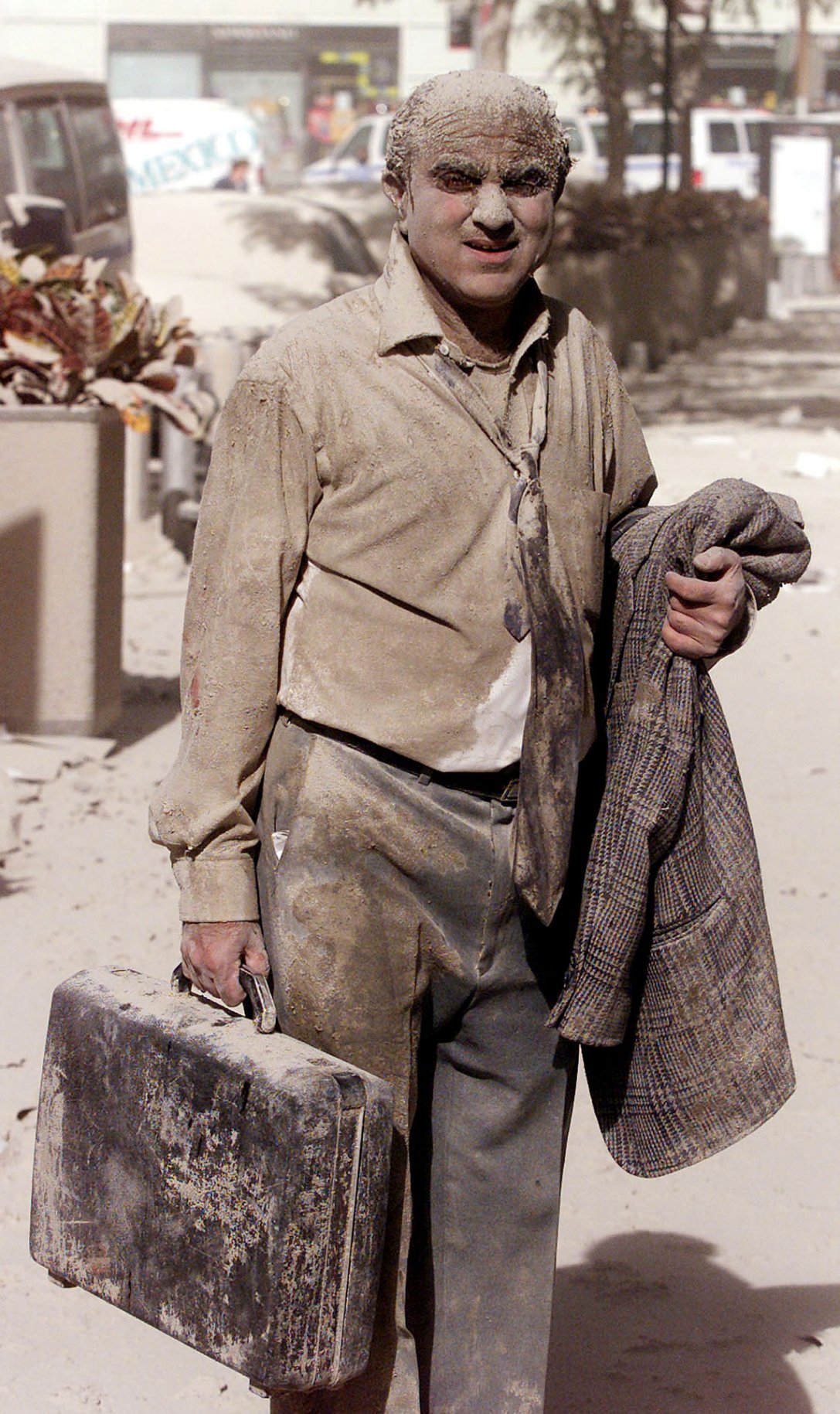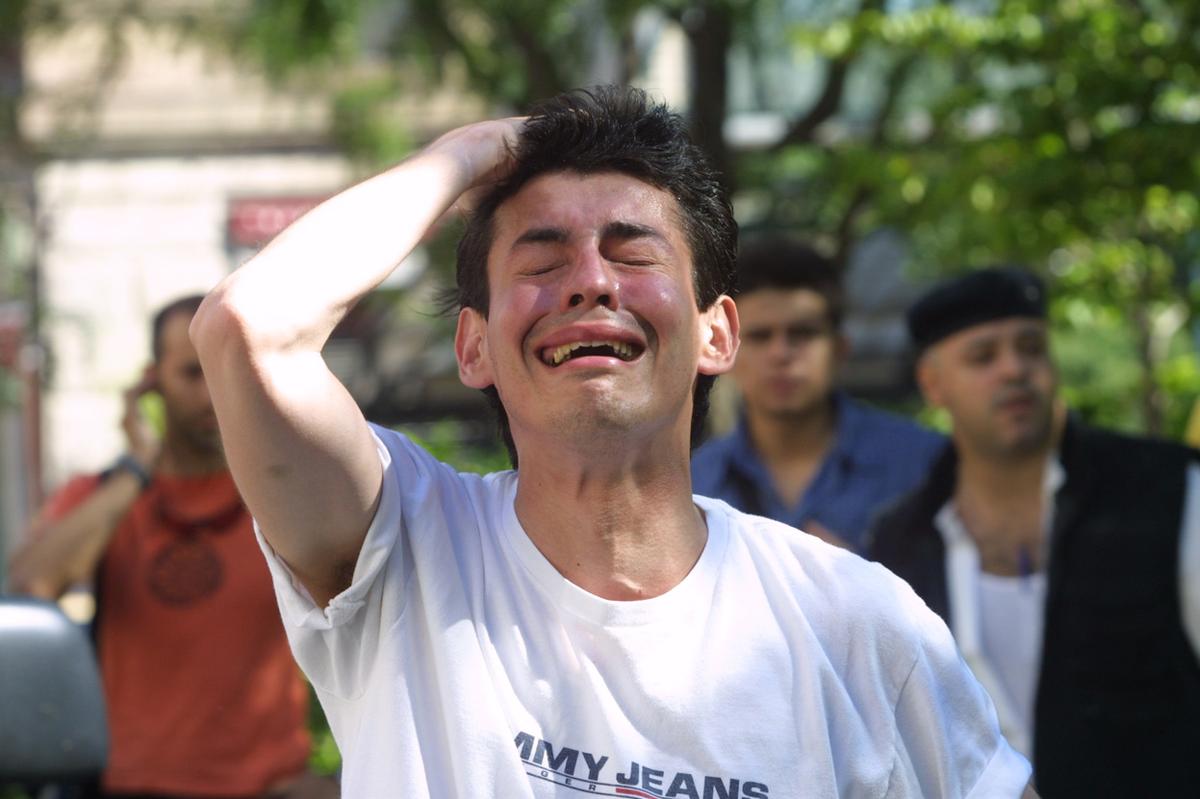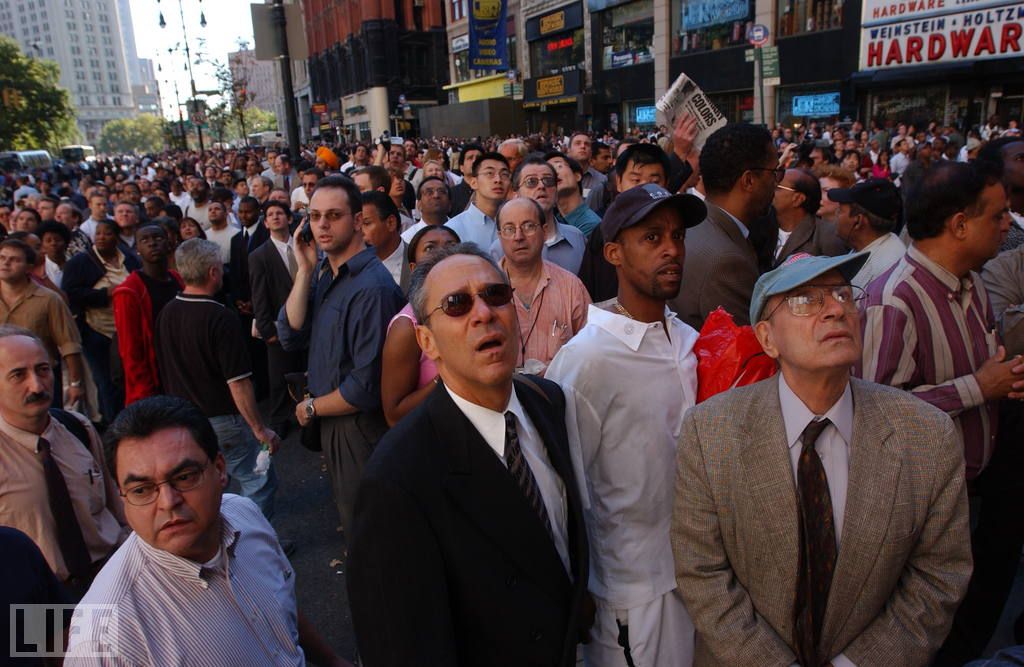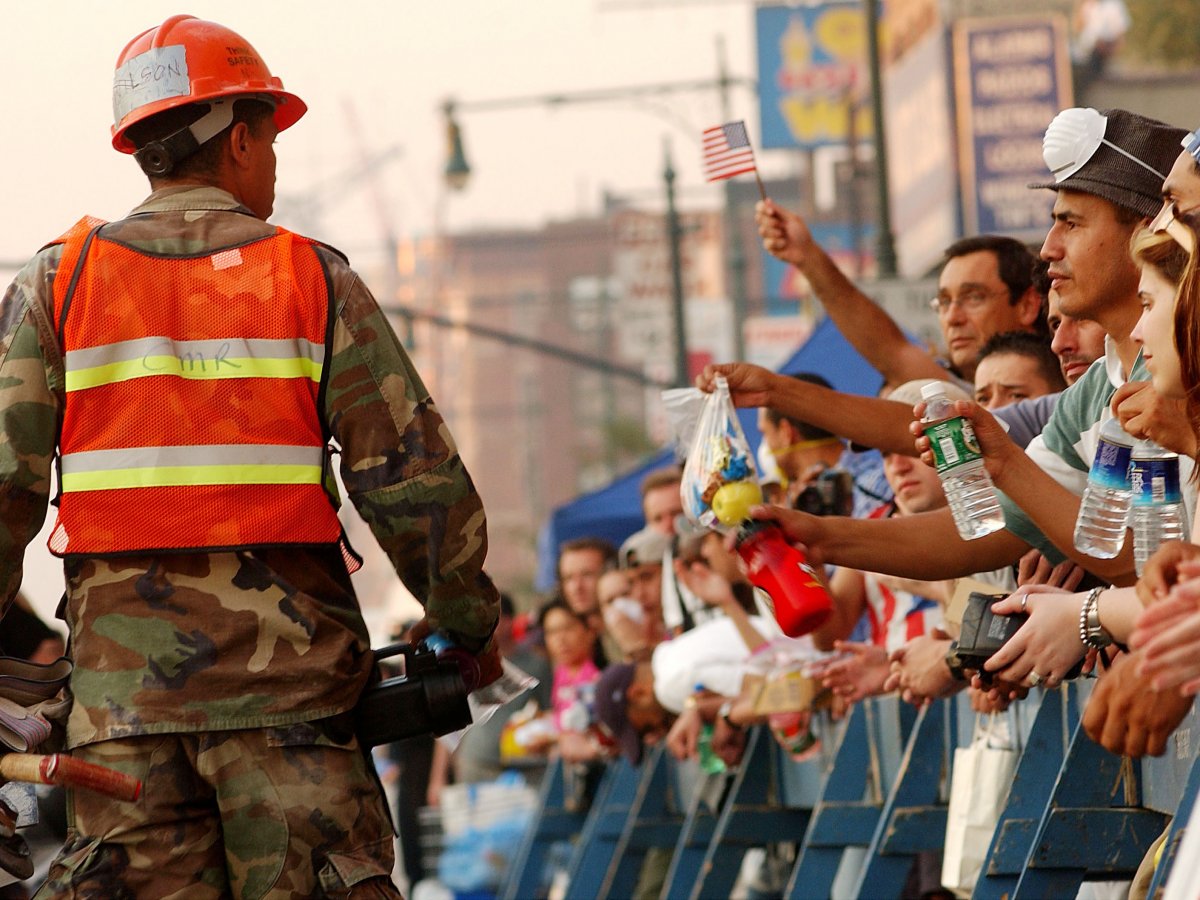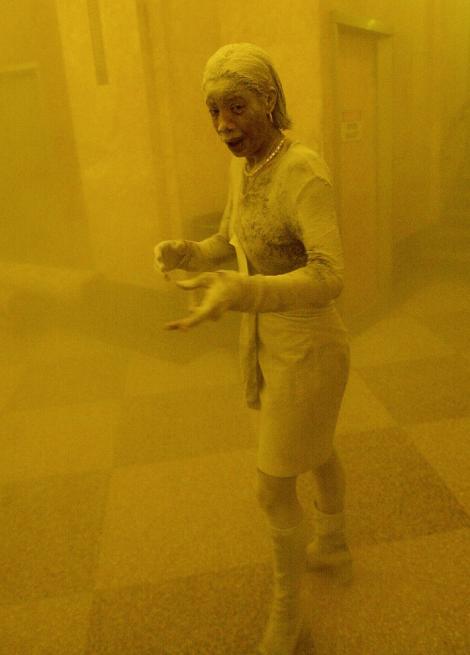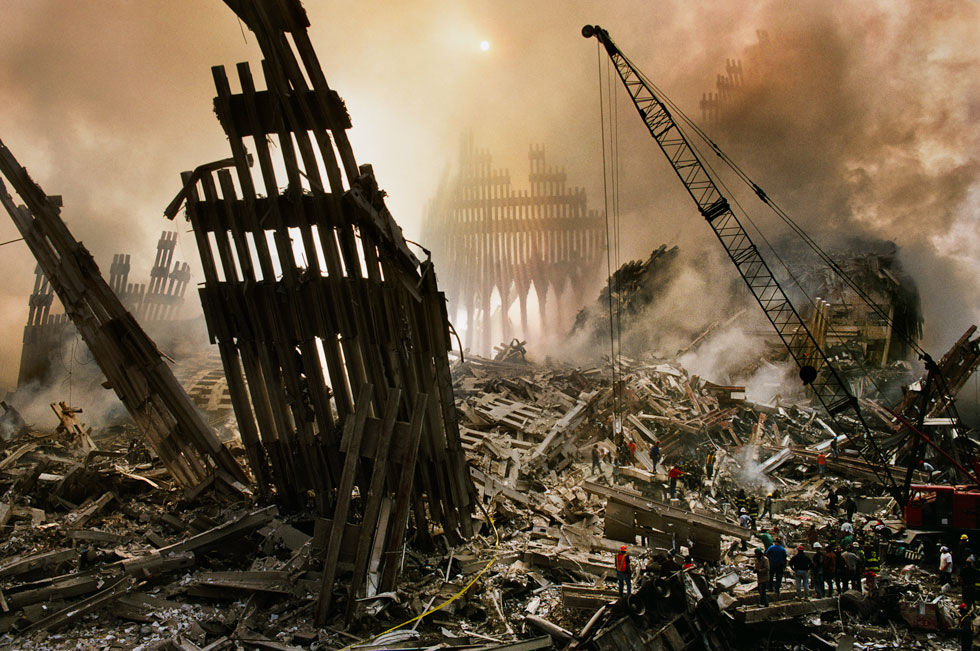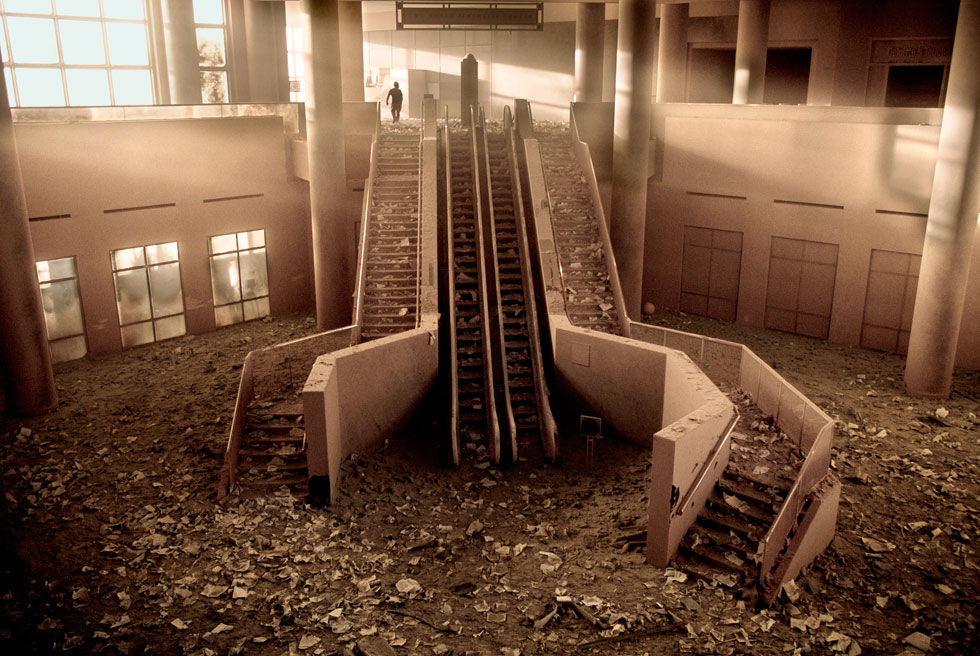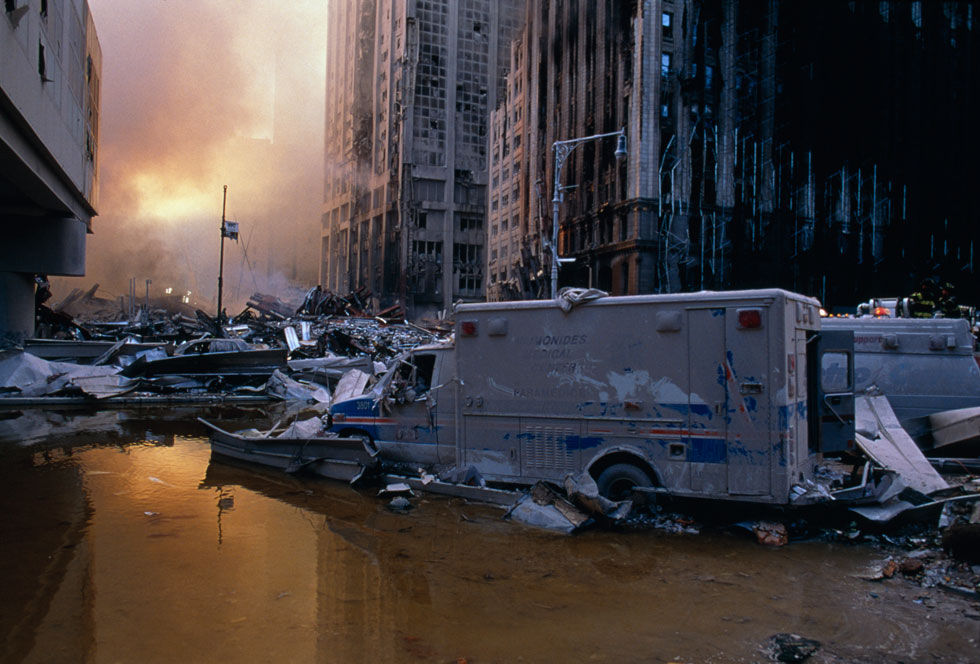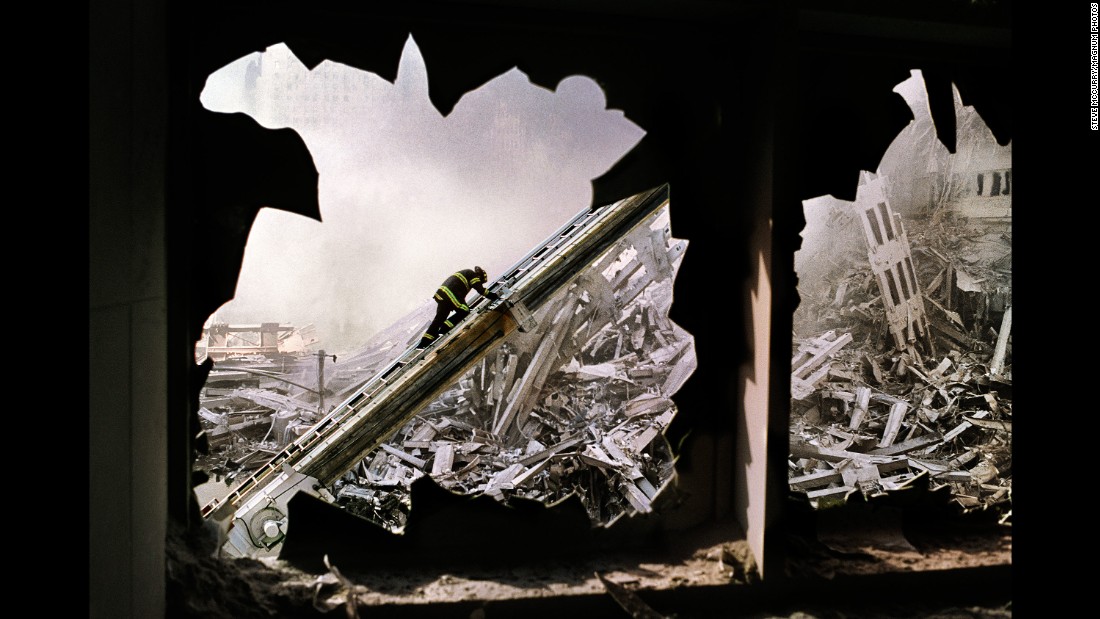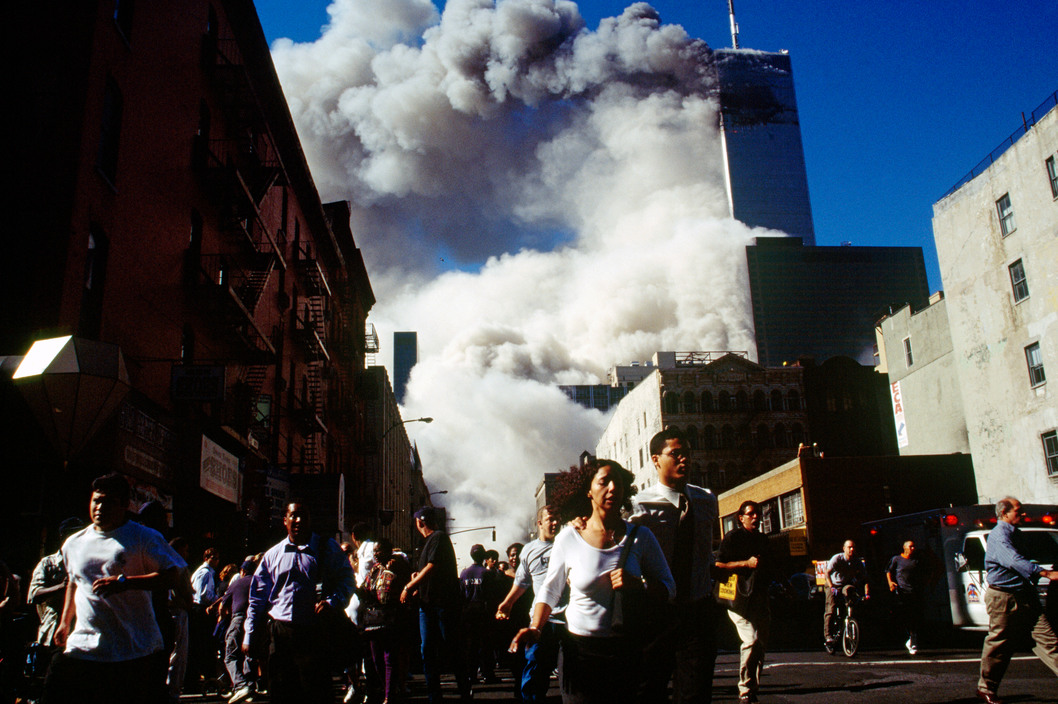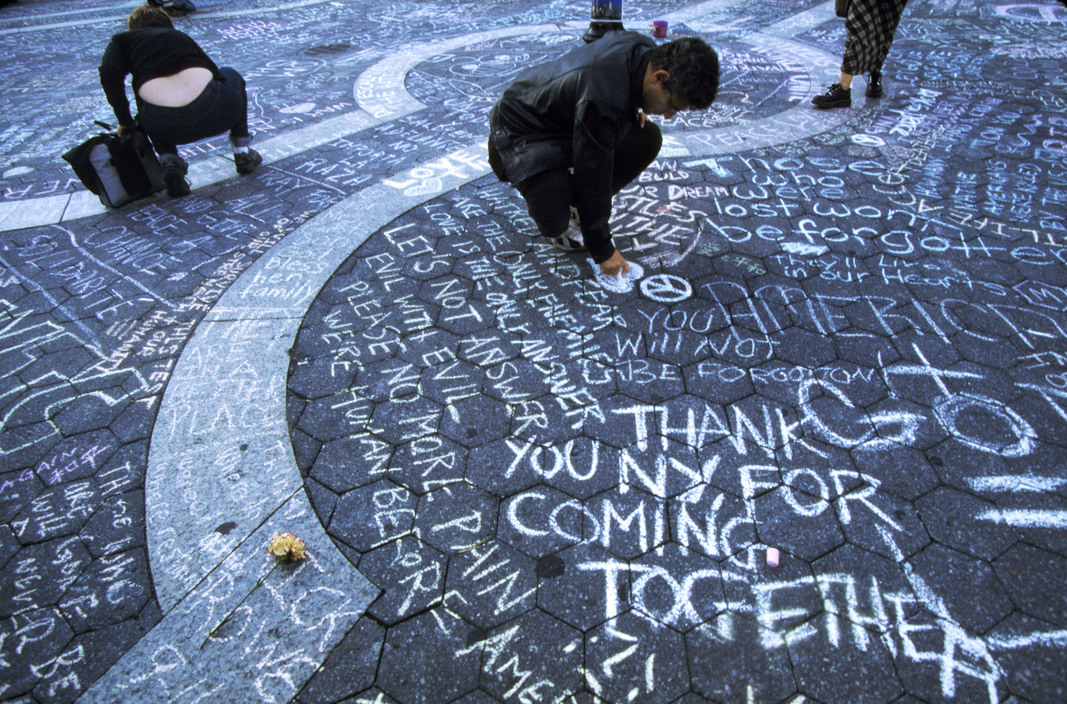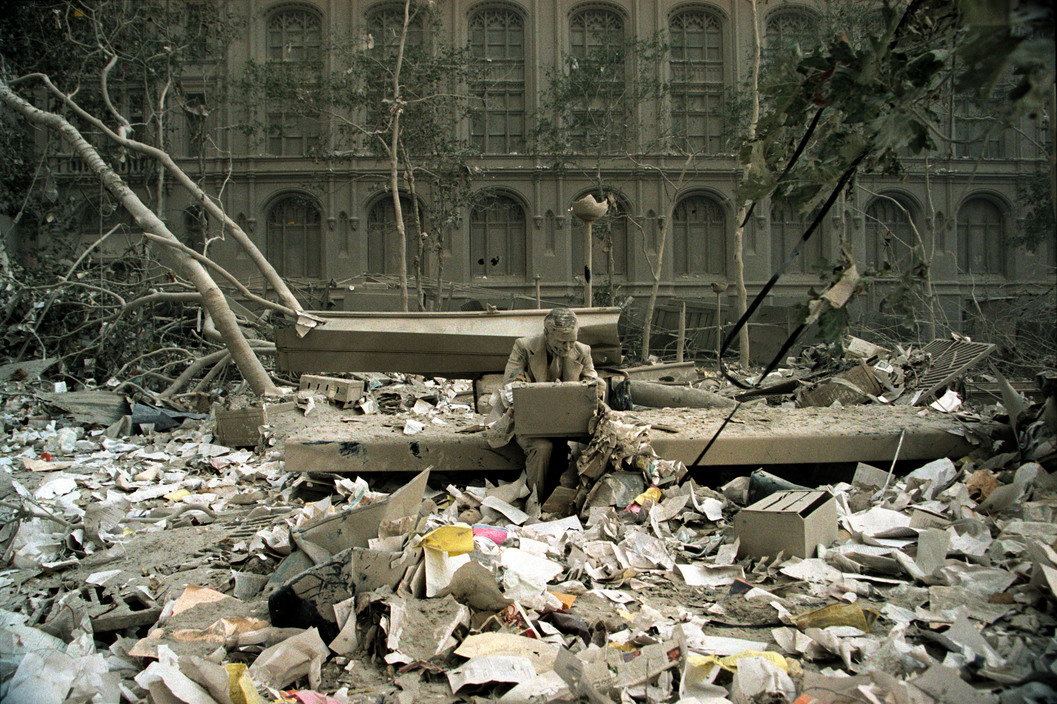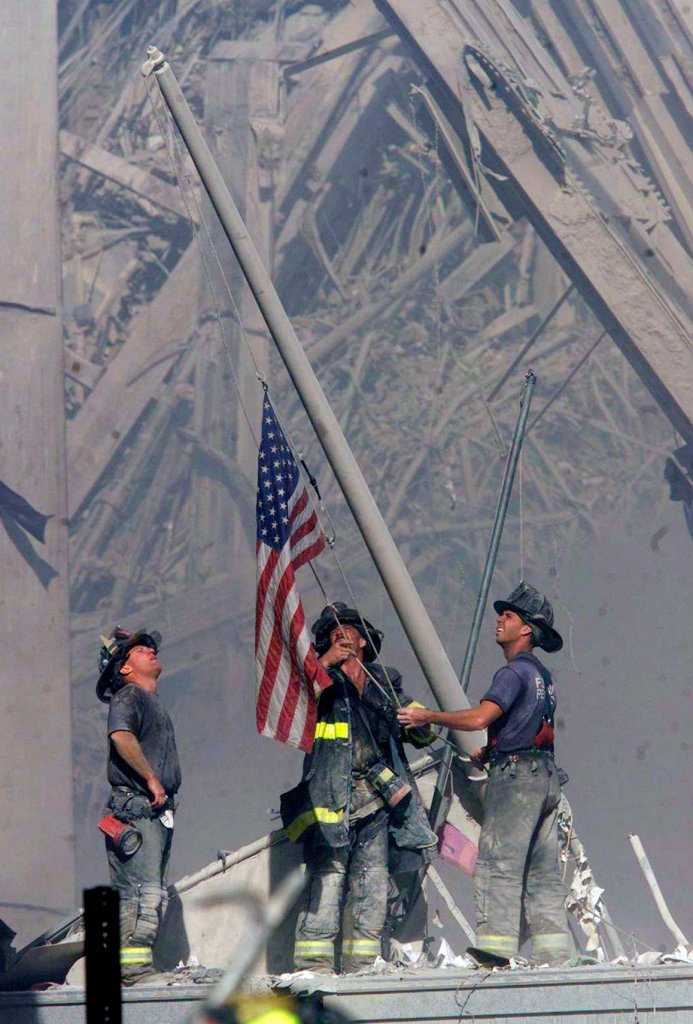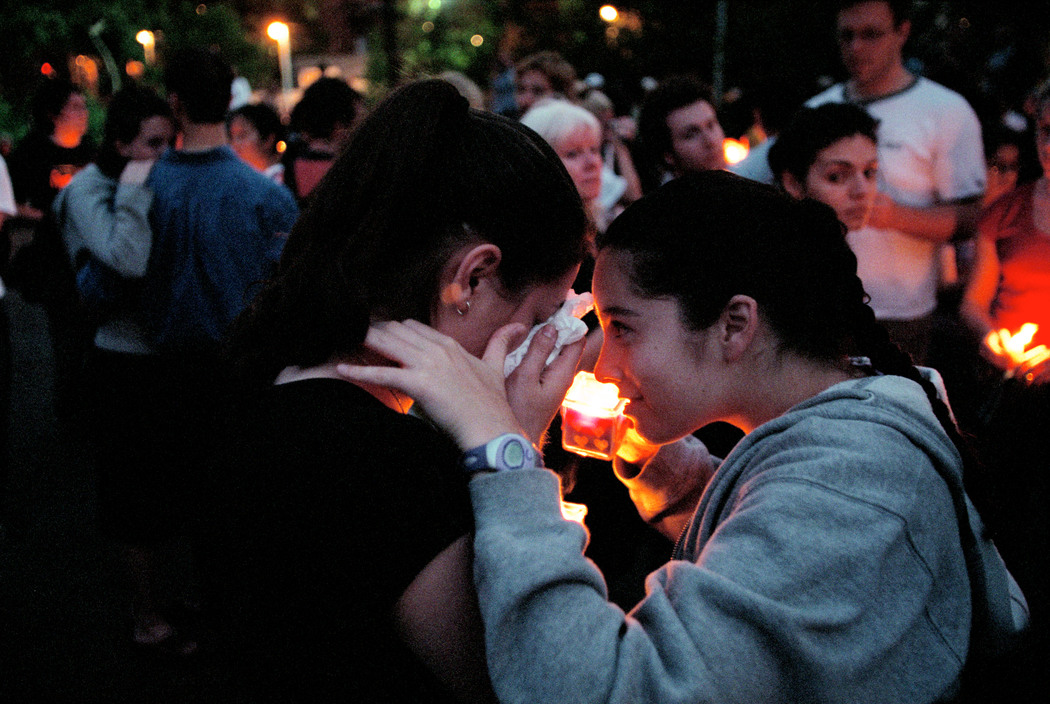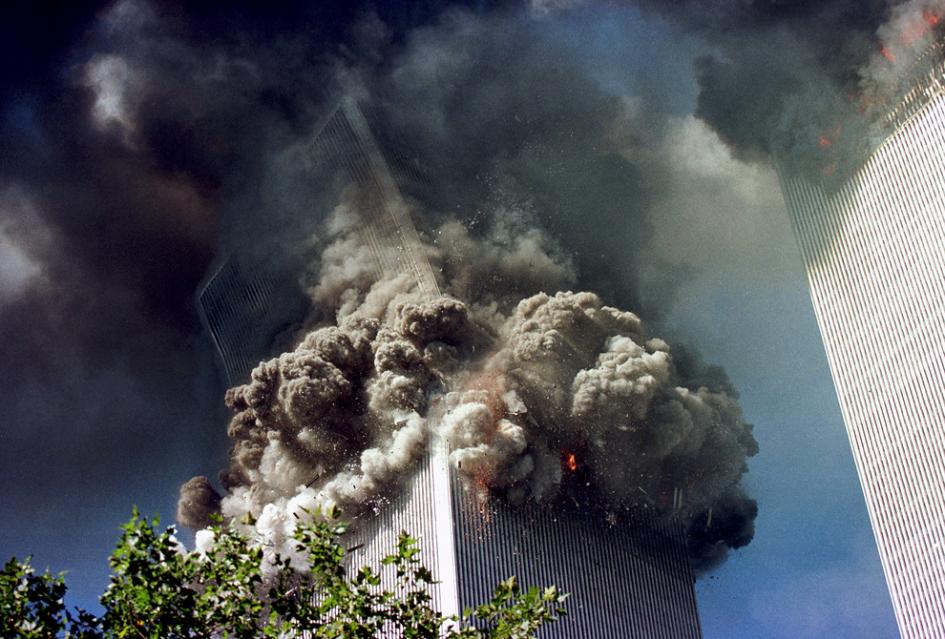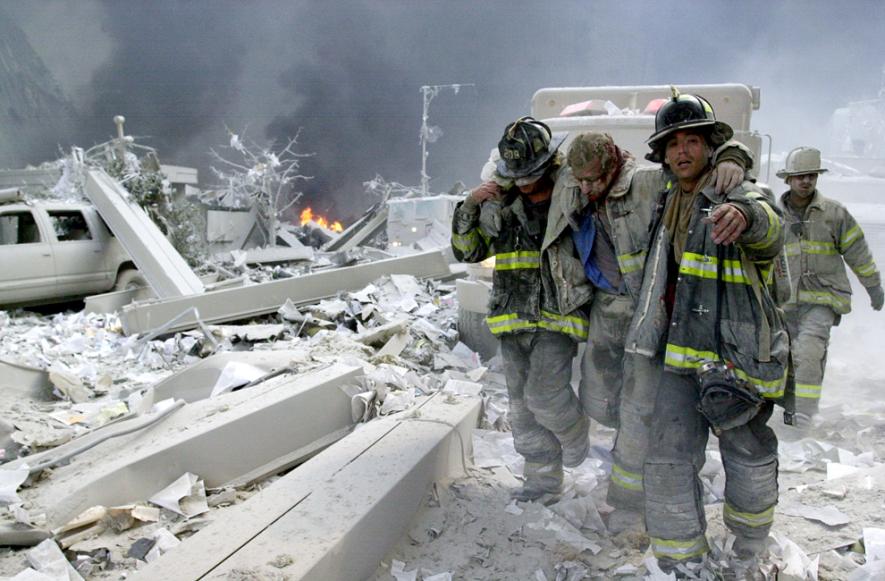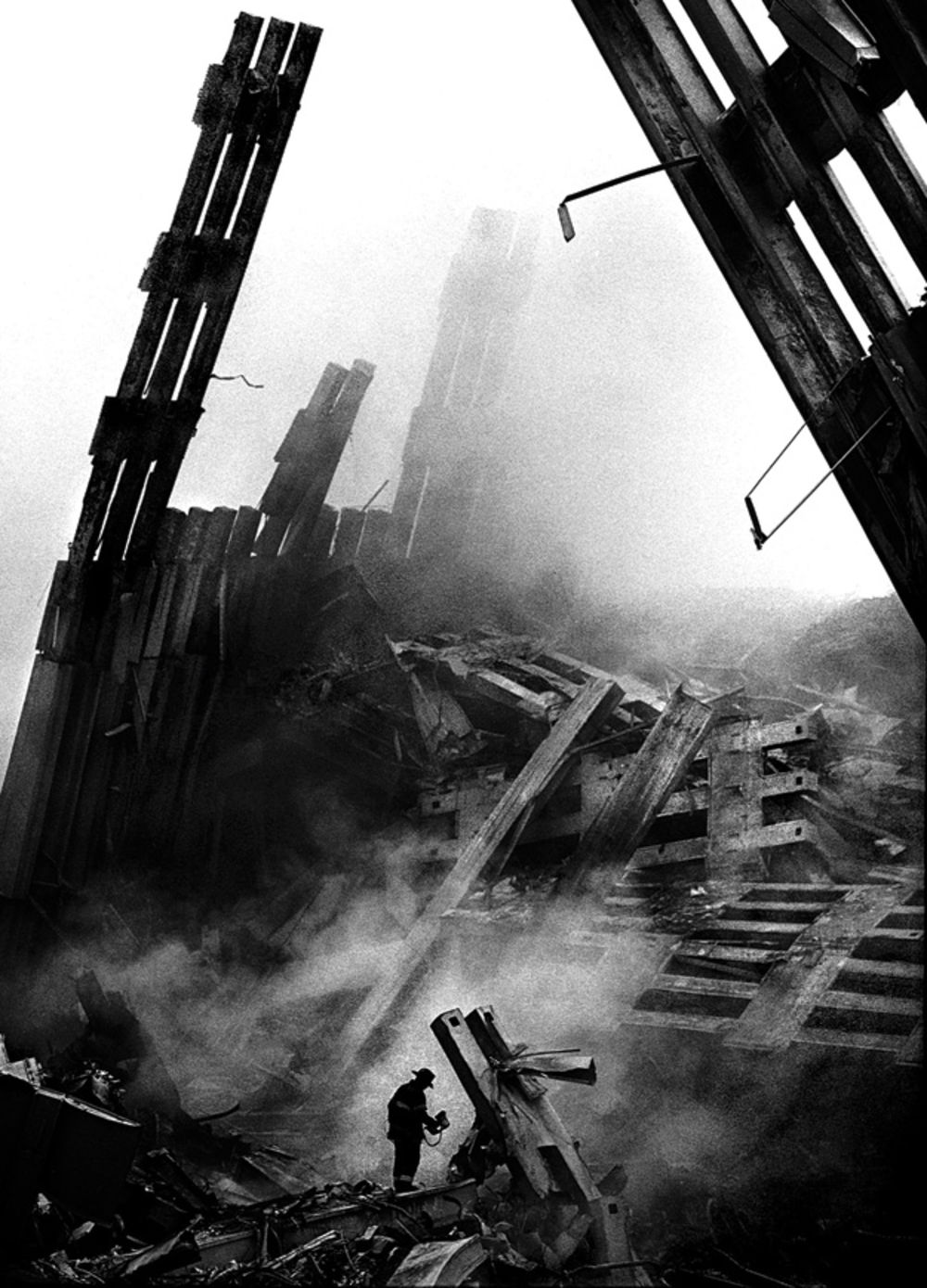The New York Times, 9/11/01
Terror. Horror. Carnage. Destruction. Fear. Tragedy. Death. Hate. War. Security. Love. Sacrifice. Strength. Resiliency. Bravery. Freedom. America. Hope.
What images come to mind when you hear those words?
Our minds have the amazing ability to associate imagery with words. It's almost impossible to hear or read the word "cat" or "blue" without picturing a cat or the color blue in your mind. This phenomena has been labeled by scientists and philosophers as mental imagery or visualization. Entire branches of neuroscience have been dedicated to understanding word association and the role it plays in our ability to form and process thoughts and memories. It might be hard to do but imagine you couldn't tap into your "mind's eye", how would that change how you perceive yourself or interact with other people? Unfortunately, for a small segment of the population this is a reality, they suffer from a condition known as aphantasia which renders them completely unable to craft the mental images that the rest of us take for granted.
The Mind's Eye
Evolutionary psychologists argue that much of human behavior is the result of psychological adaptations that evolved to solve recurrent problems in human ancestral environments. Our brains evolved the ability to visualize because it served as an evolutionary advantage; our ancestors didn't need to necessarily see a lion to be aware of the danger involved in encountering one, simply hearing about one from a member of our nomadic tribe would be enough to garner an instinctual fight or flight response. These interactions and exchanges of experiences are at the very core of what makes us human; we connect through shared experiences and the aggregate of our shared experiences allow us to retain information and memories at an individual level but also as a society.
But what happens when our shared experience is one rooted in trauma? How does that shape our memory of the event even if we did not directly experience the traumatic event ourselves? Psychologists describe these types of events as collective trauma, the term encompasses any traumatic psychological effect shared by a group of people of any size, up to and including an entire society. Trauma is an insidious experience, it affects our memory of the event, pollutes our memory of previous or subsequent events, and even our thoughts in general. New research suggests that experiencing intense psychological trauma may even have a genetic impact on a person’s future children.
Slavery, the Trail of Tears, The Holocaust, the Armenian Genocide, the Atomic bombings of Hiroshima and Nagasaki, the Assassination of John F. Kennedy and most recently the September 11, 2001 attacks are some well known examples of collective trauma. Recalling these events conjures up very specific imagery, especially those that occurred after the widespread use of photography as an instrument of journalism. We rely on imagery, whether still (photography) or in motion (video) to transmit information and provide us with an unprecedented level of access; access to spaces and events that would have otherwise remained completely foreign to us. This imagery is so deeply ingrained in our social conscious that I could rattle off a few major events or figures in 20th century history and you would have no trouble at all recalling some of the most memorable images surrounding that event. Let's test it out and see if I can "read your mind", I'll list a few notable events and see if I can guess the picture that you thought of. Click on the name of the photographer who took the picture of the image you probably had in mind to see if I was right:
- V-J Day in Times Square aka "The Kiss" (Alfred Eisenstaedt)
- Martin Luther King Jr's Assassination (Joseph Louw)
- Harry Truman wins the election (W. Eugene Smith)
- Woman from Great Depression aka "The Migrant Mother" (Dorothea Lange)
- Black Power at 1968 Olympics (John Dominis)
- Raising the flag at Iwo Jima (Joe Rosenthal)
- Protest at Tiananmen Square aka "The Tank Man" (Charlie Cole)
- Nelson Mandela's walk of freedom (Greg English)
- Albert Einstein sticking tongue out (Arthur Sasse)
- Self immolation of Thich Quang Duc aka "The Burning Monk" (Malcolm Wilde Browne)
How did I do? You were probably able to recall most if not all of these images without having any knowledge of the photographers behind them. That is the power of photography, the imagery transcends the photographer and lives a life of its own. This is especially true of imagery surrounding traumatic events such as the September 11th attacks. Photographers who called New York City home and the hundreds of others who descended on the city from every corner of the world in the wake of the attacks had the daunting task of sifting through the rubble and documenting the incomprehensible, we relied on them to capture and catalog our collective trauma. The result of their combined efforts is a collection of one of the most observed and documented catastrophes in history. How do you do photograph the carnage while being reverent to the lives lost? Where do you begin? How do you decide what you feel the world needs to see? Is it even your decision to make?
Photographers are constantly making decisions based on an ever changing set of variables such as lighting, composition, subject, and timing; all of which come into play when creating a powerful image. What would you take pictures of if you were there that fateful Tuesday morning? How would you try to capture the gravitas of the event? Would it be the twisted metal, rubble, and ash coating the streets after the attack (setting / composition)? Would it be the shocked and bloodied faces of survivors running away from the still standing World Trade Center (subject / people)? Or would you instead focus your attention on the efforts of the thousands of first responders and relief workers who laid down their lives to save others (storytelling / emotion)?
The following is a selection of 80 photographs that I believe captured not just the event itself but the emotions we all shared in the days and weeks afterwards. Take your time with each image and absorb it, what do you think the photographer wanted to communicate or convey? What are some of the visual elements that make the photograph unique? What is your reaction to the image? What about it stands out or makes it memorable?
#NeverForget
“The date, September 11, 2001, now has a certain permanence, graven on our collective memory, like a very few others December 7, 1941, and November 22, 1963, dates which seem to separate yesterday from today, and then from now. They become the rarest of moments; ordinary people will forever be able to tell you where they were and what they were doing when they first heard the news, as if the terrible deed had happened to them, which in some ways it did.”
Footnotes
- For a 5 minute crash course on mental imagery and its applications in cognitive science (and everyday life), check out this video from researchers at Sweden's Lund University: https://youtu.be/DOLO0TmdhnQ
- Head over to TED for an article and videos on some of the research surrounding trauma's impact on genetics: http://tedx.amsterdam/2014/08/trauma-can-inherited/
- American Photo Magazine has a great four part oral history of September 11, 2001, by the photographers who documented it. Click here to check it out: http://www.americanphotomag.com/91101-photographers-stories-pt-1-get-down-here-now


